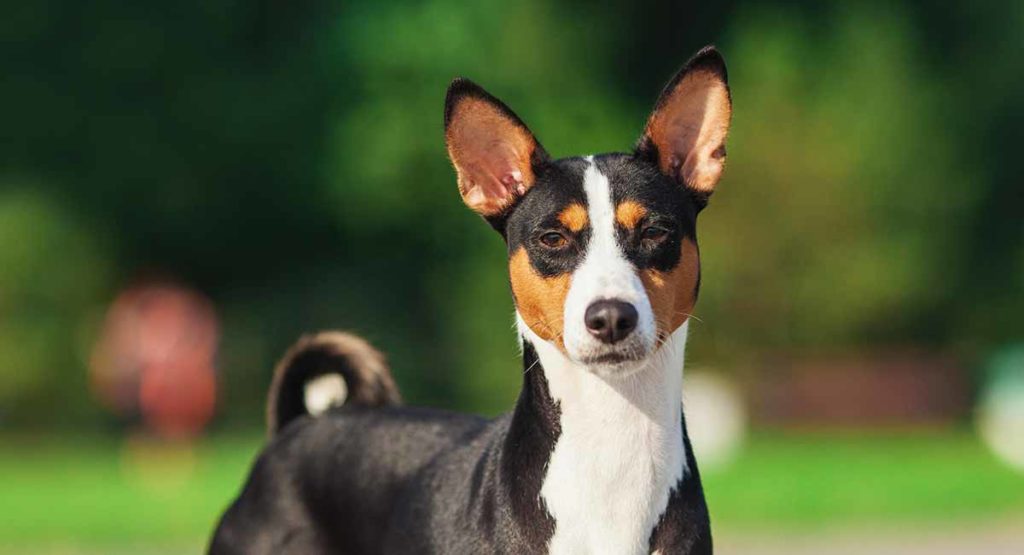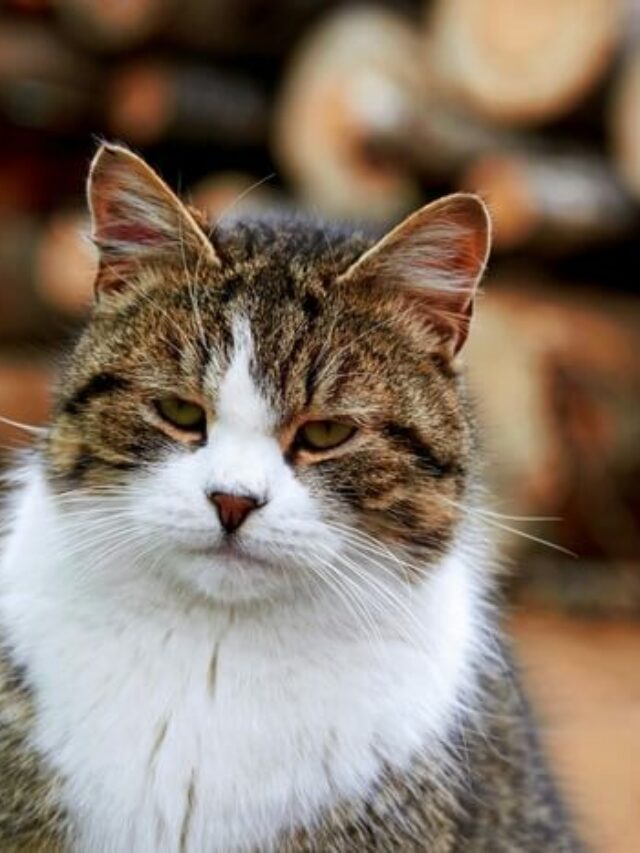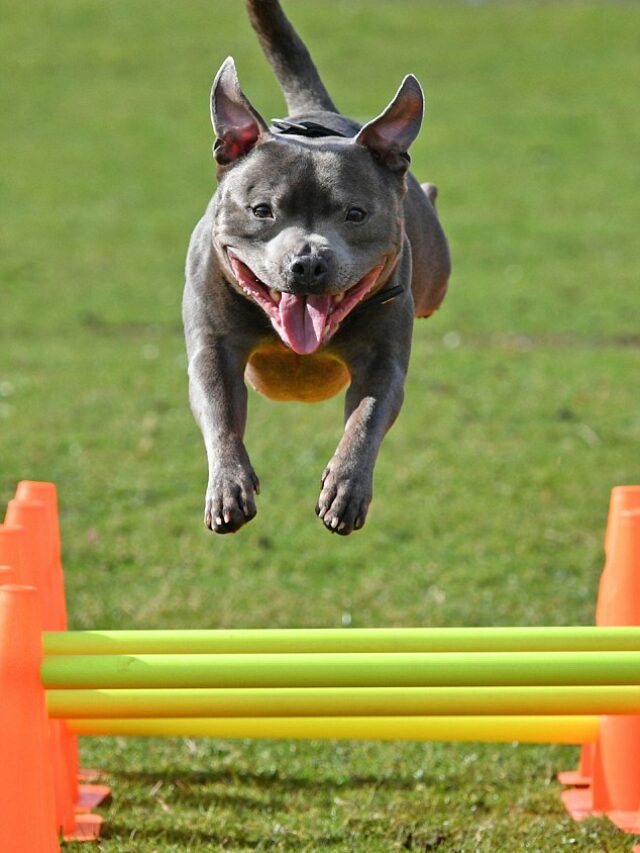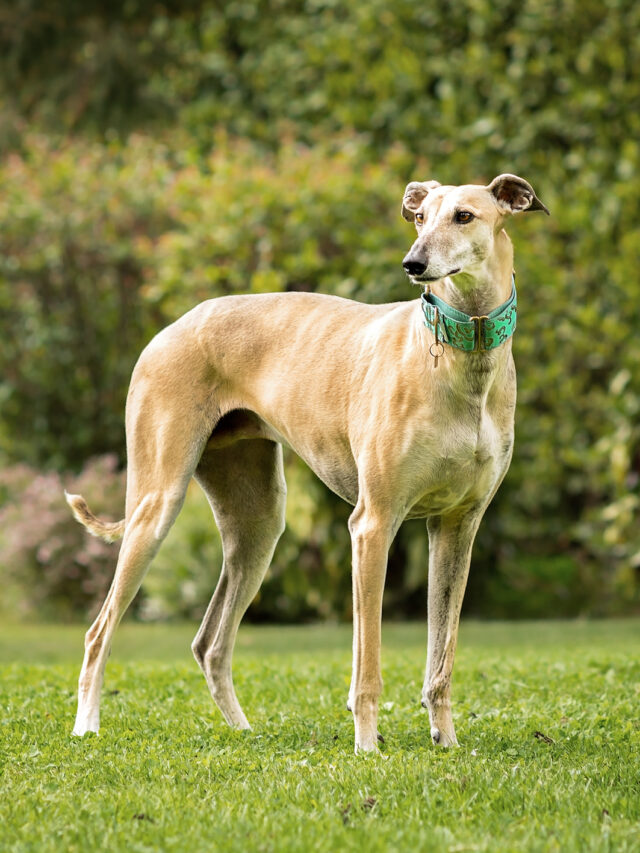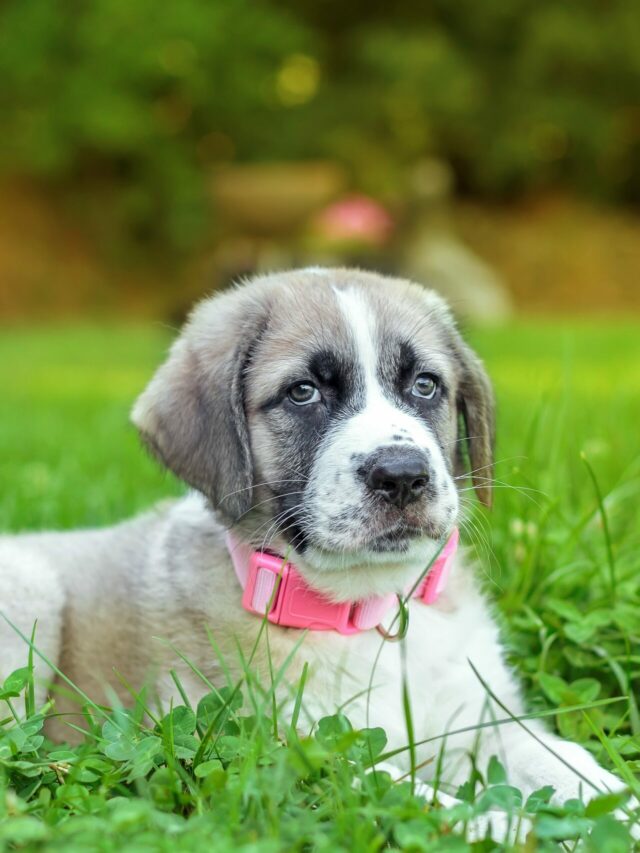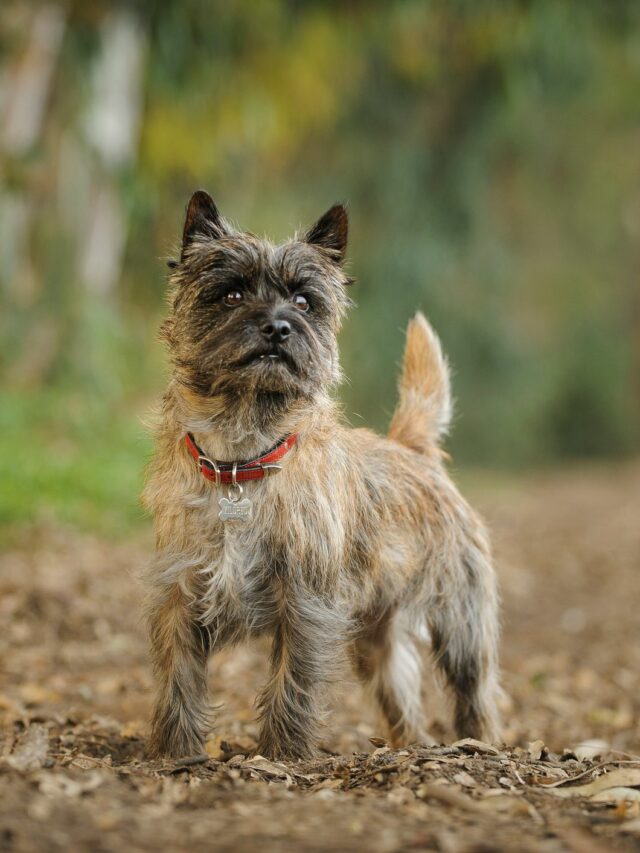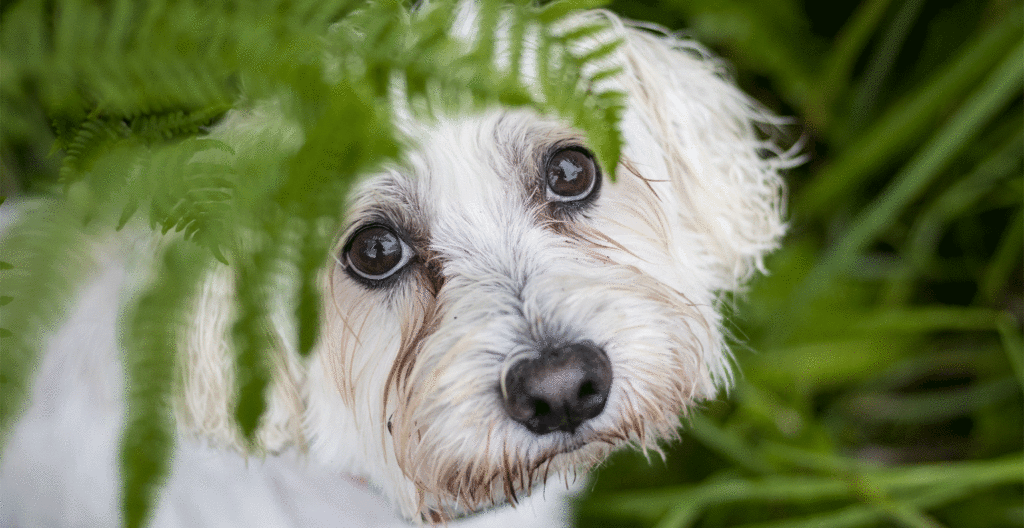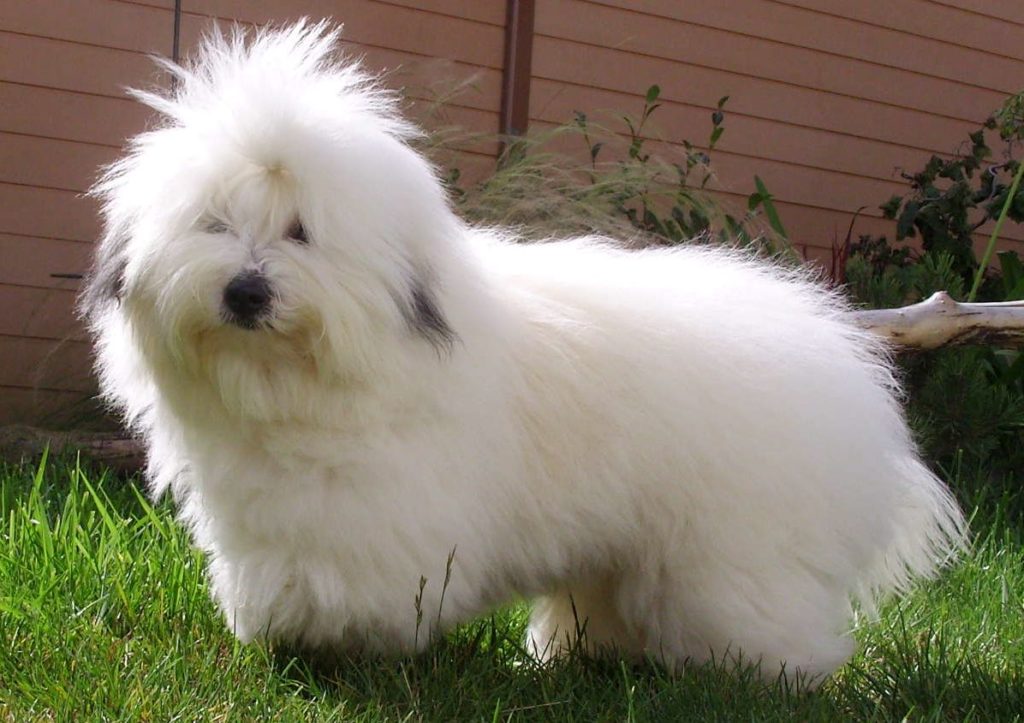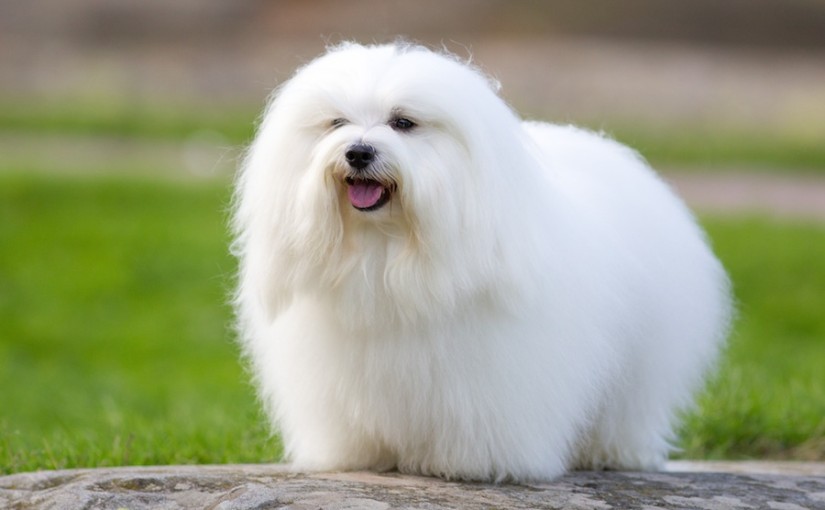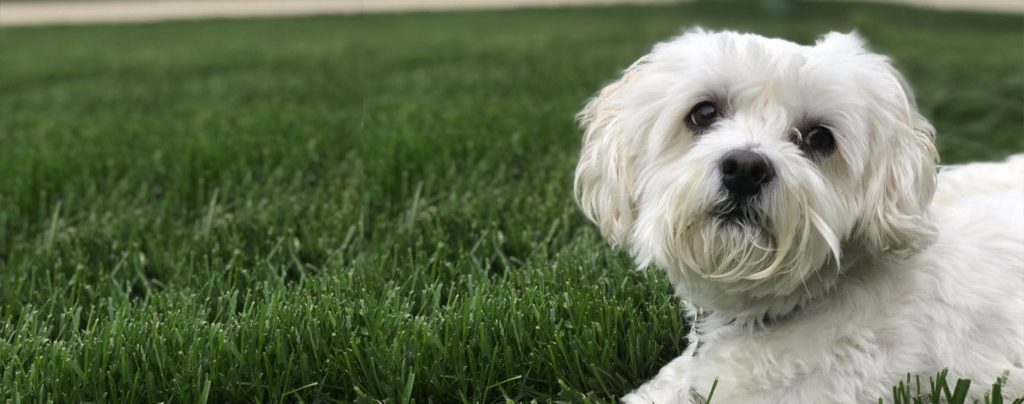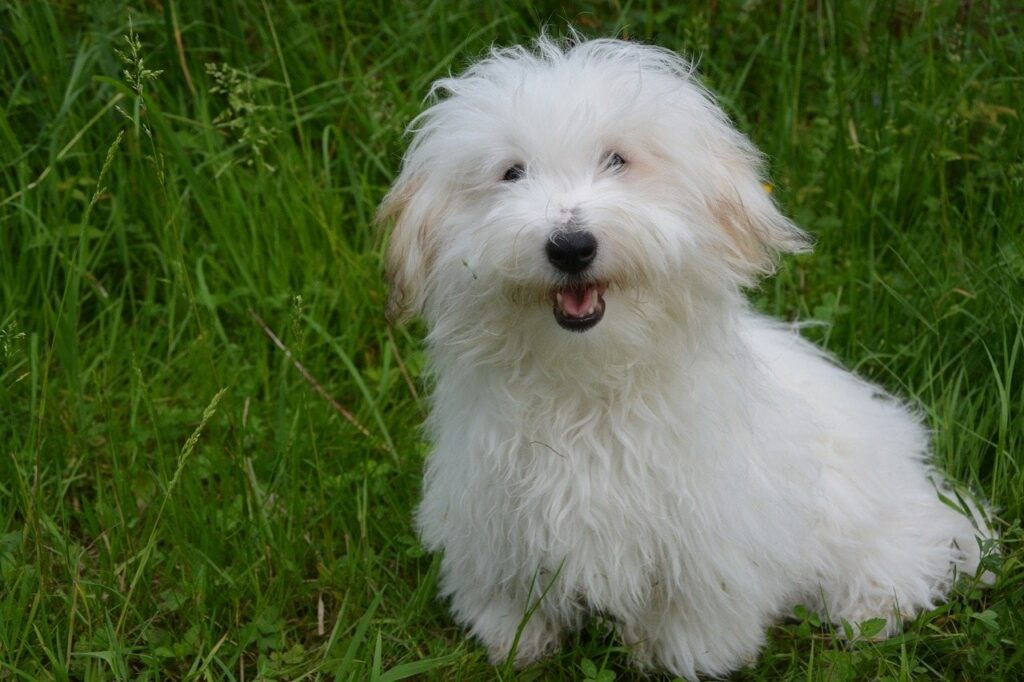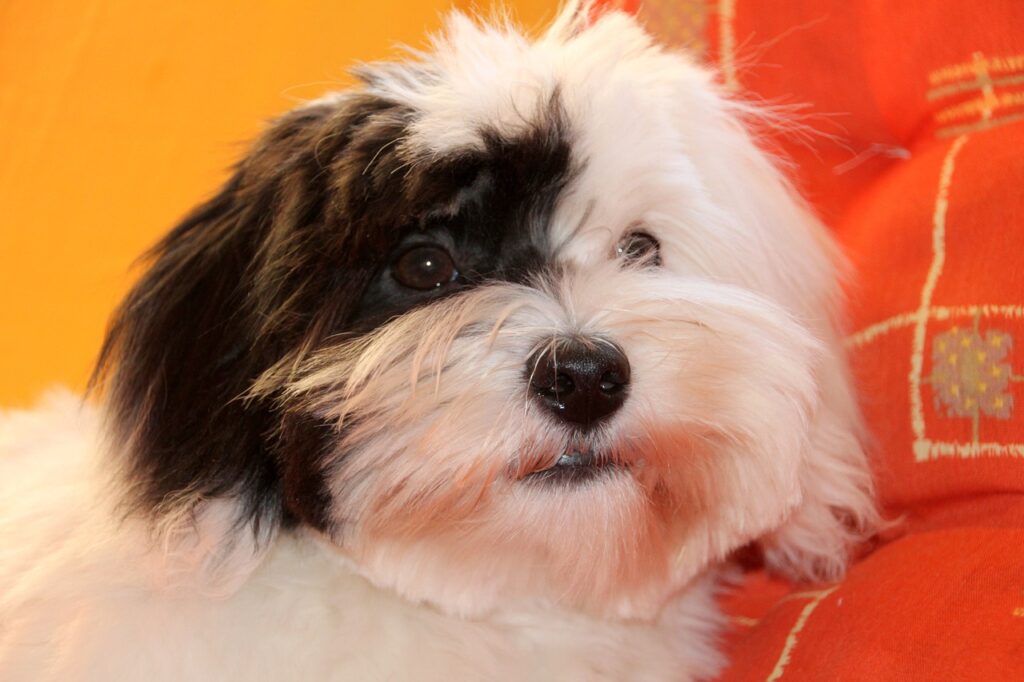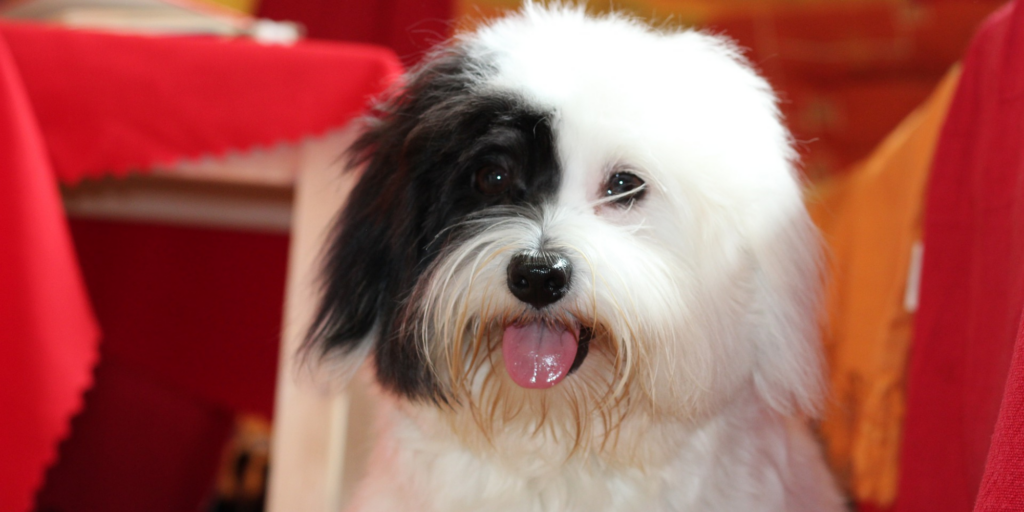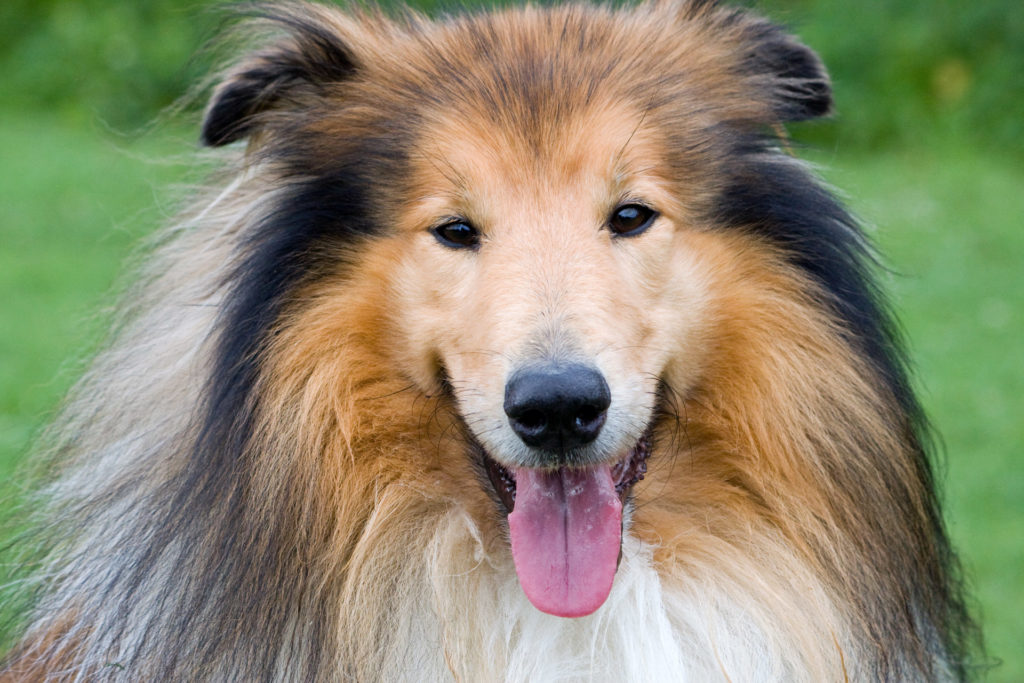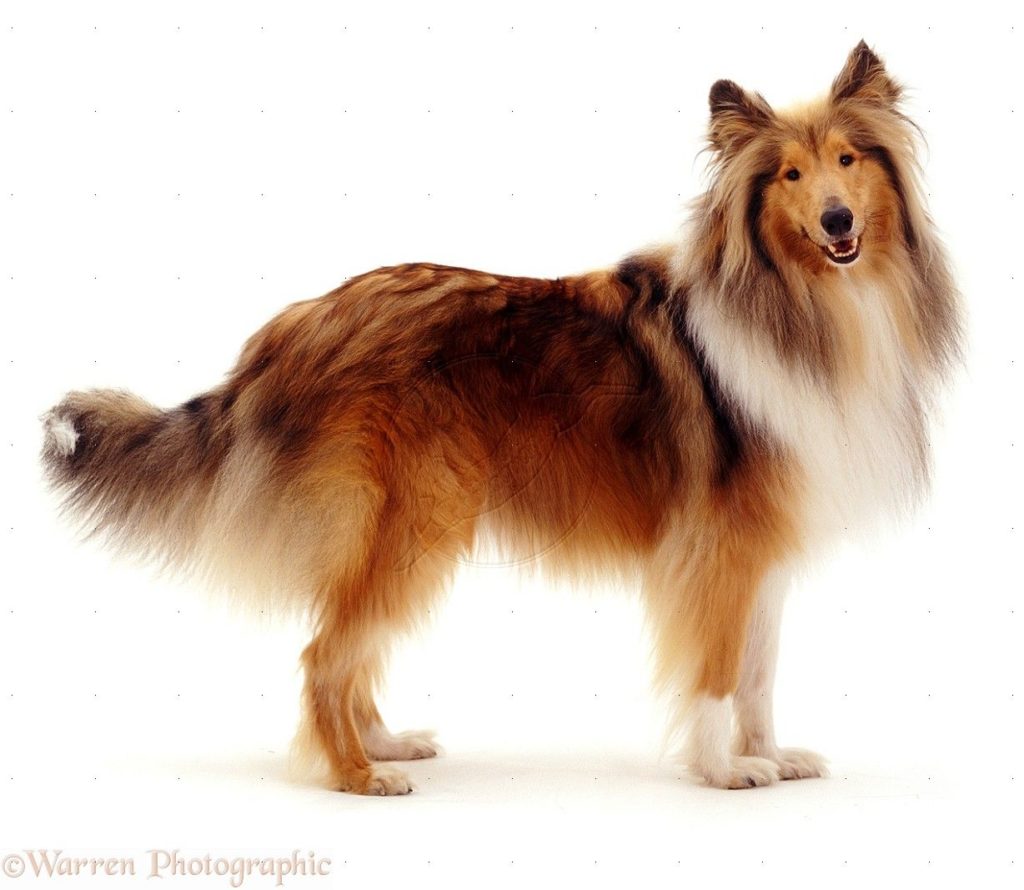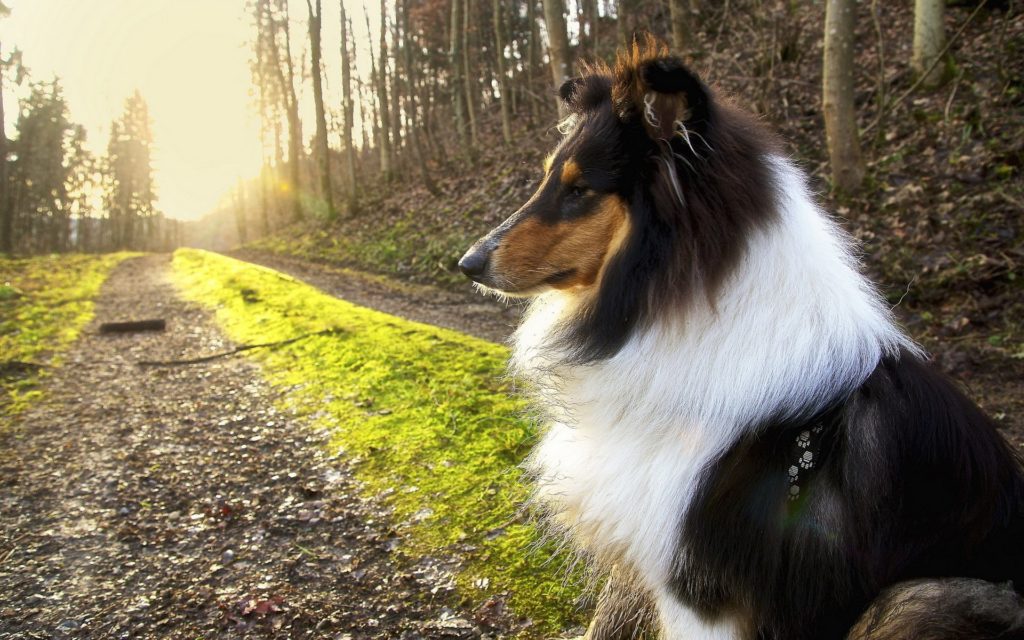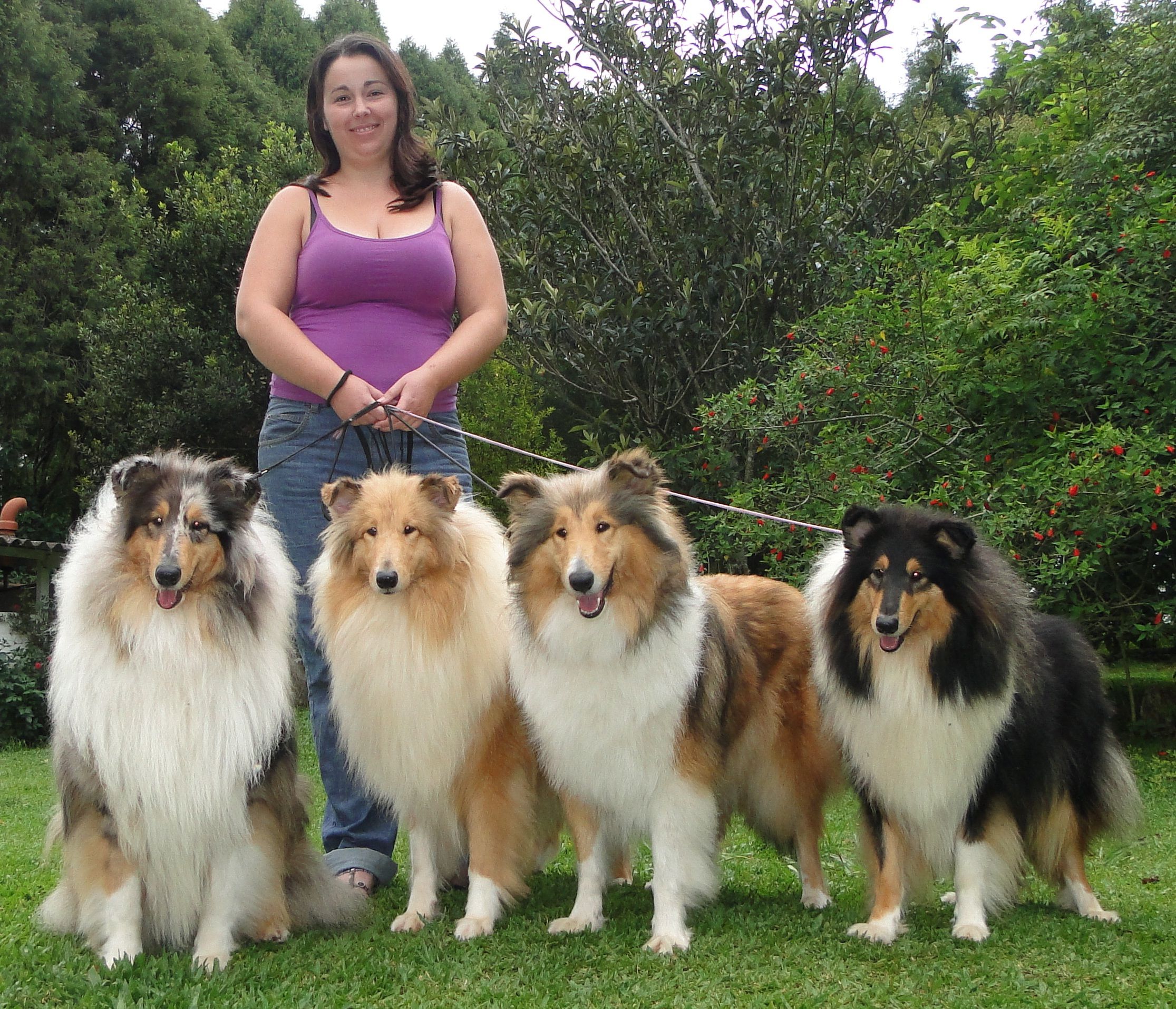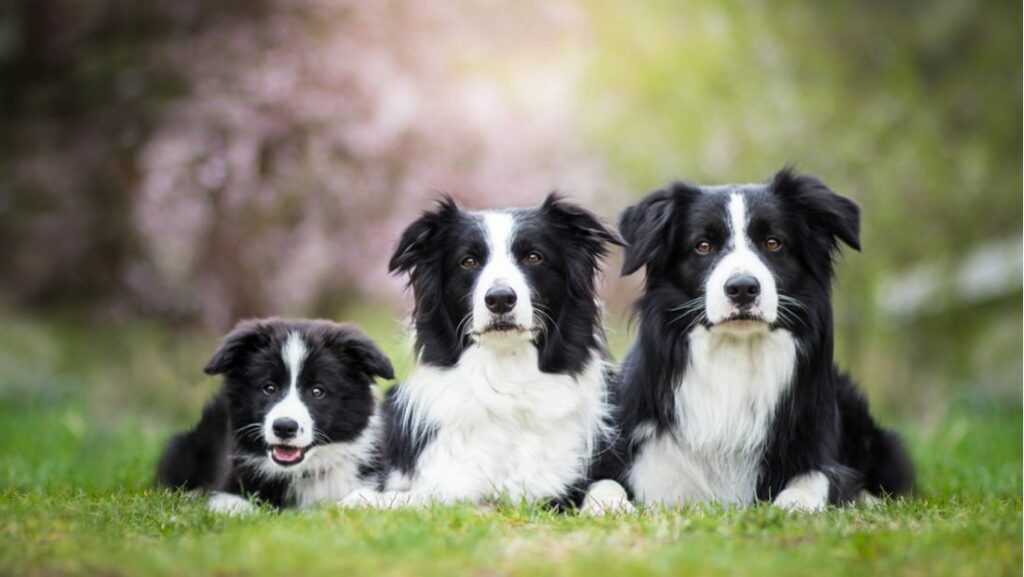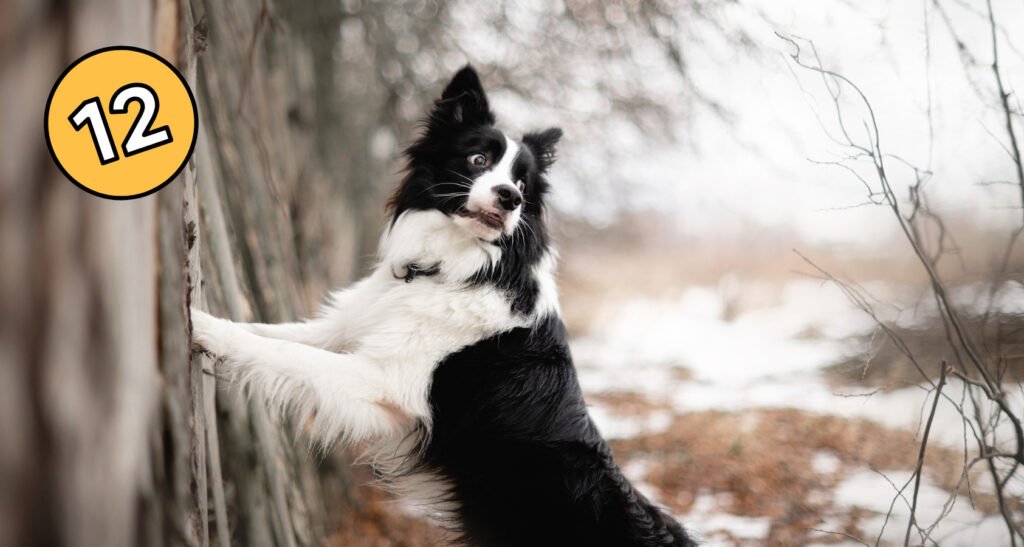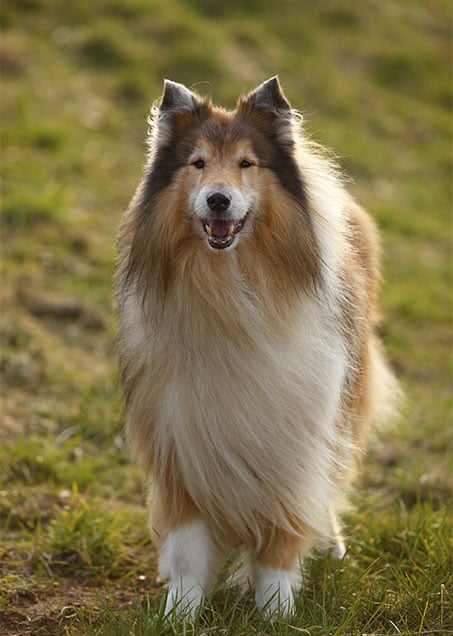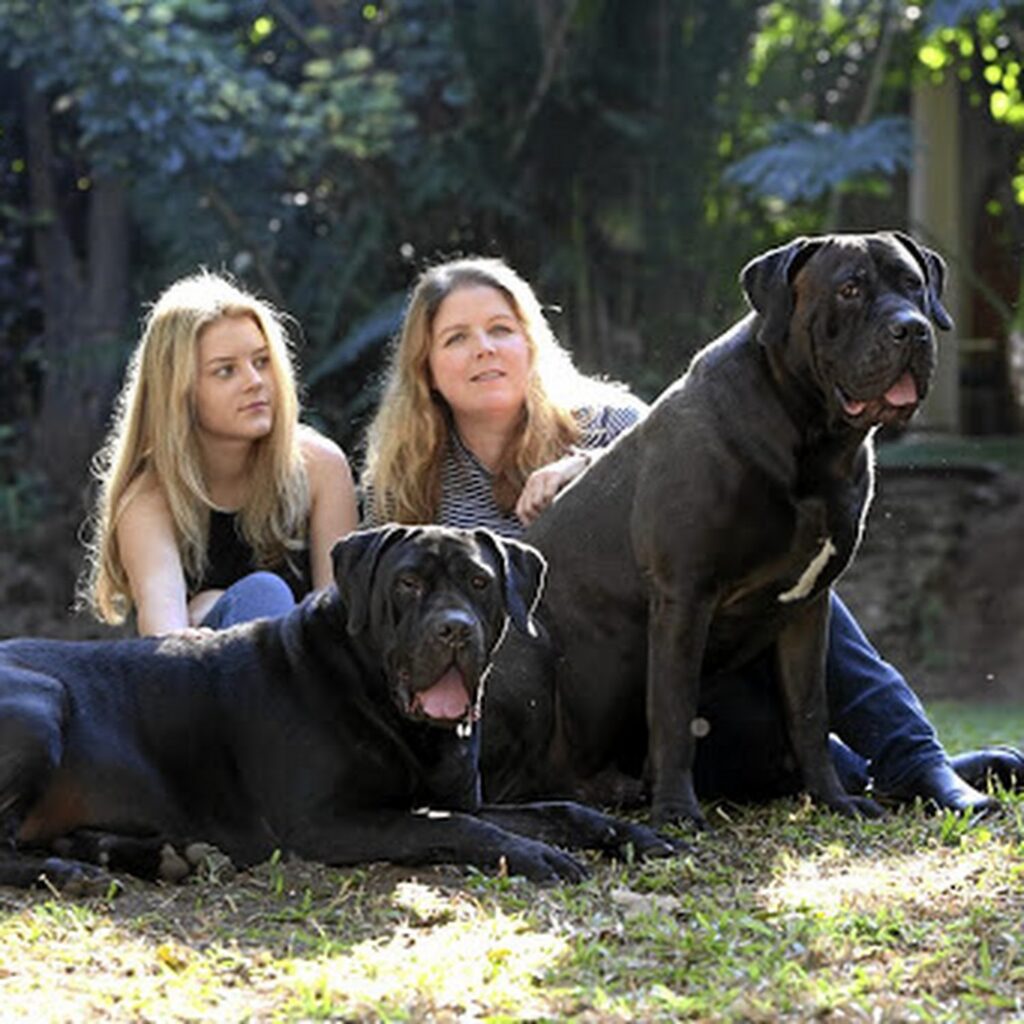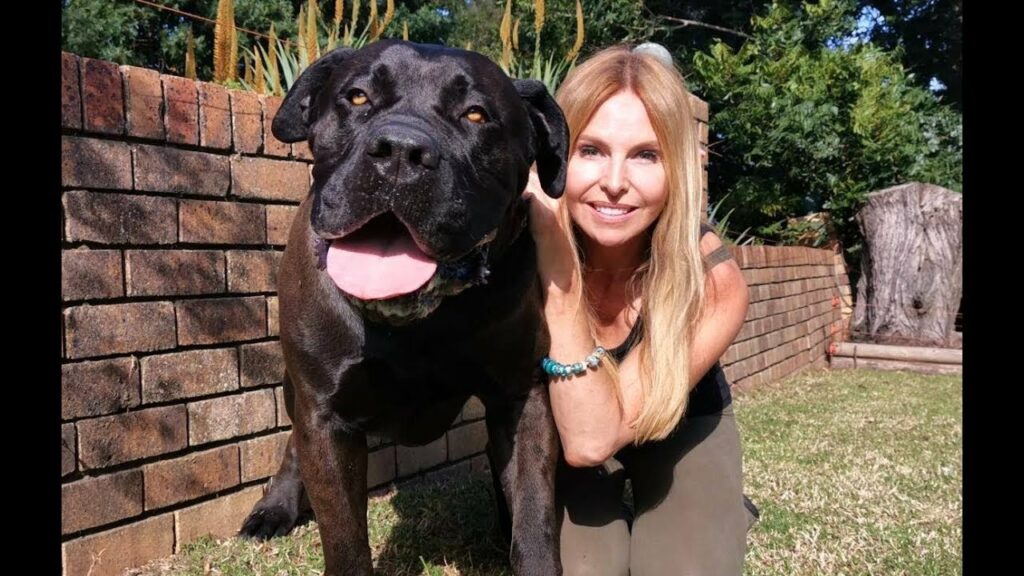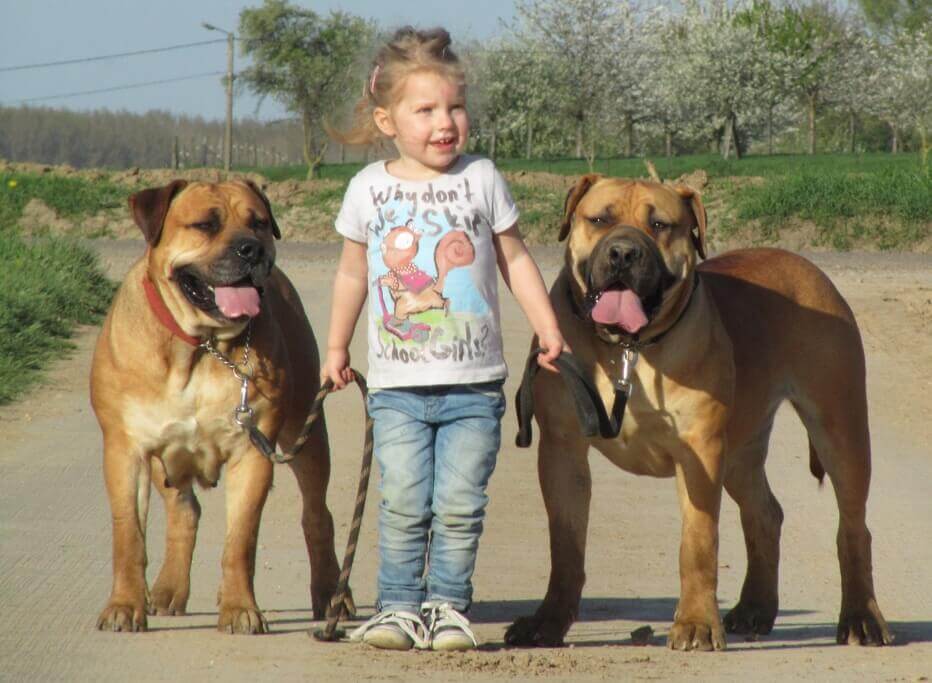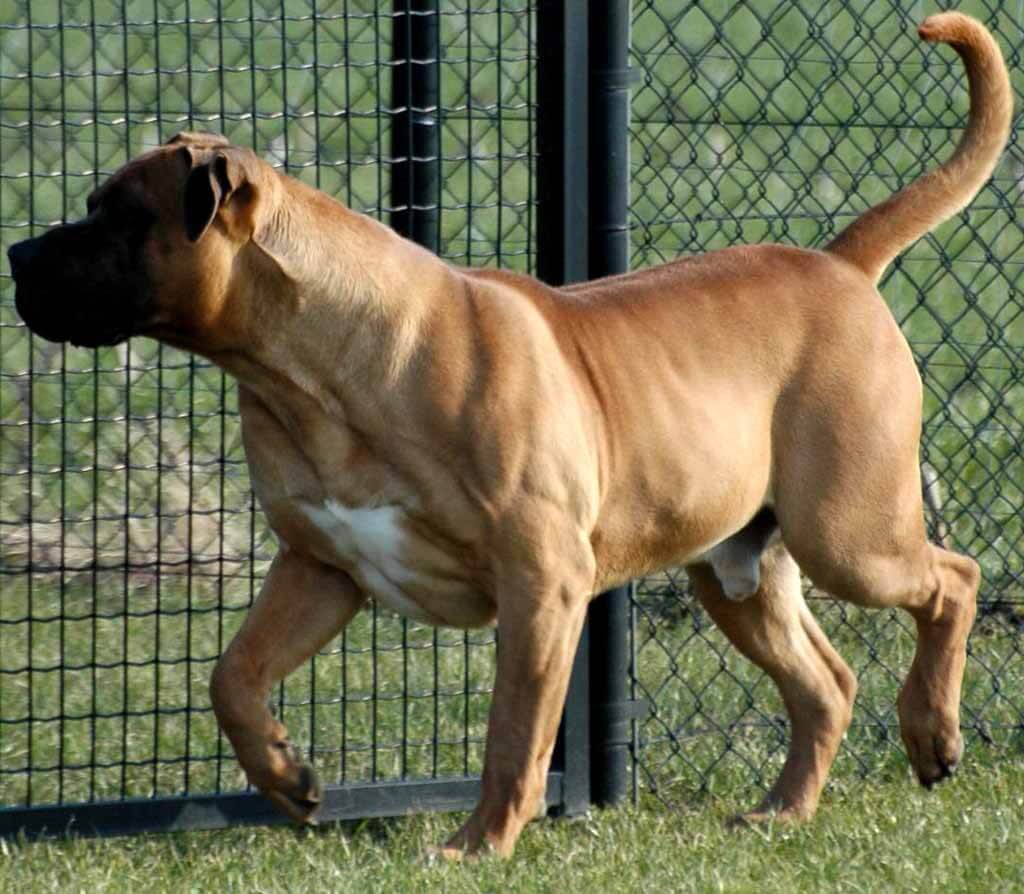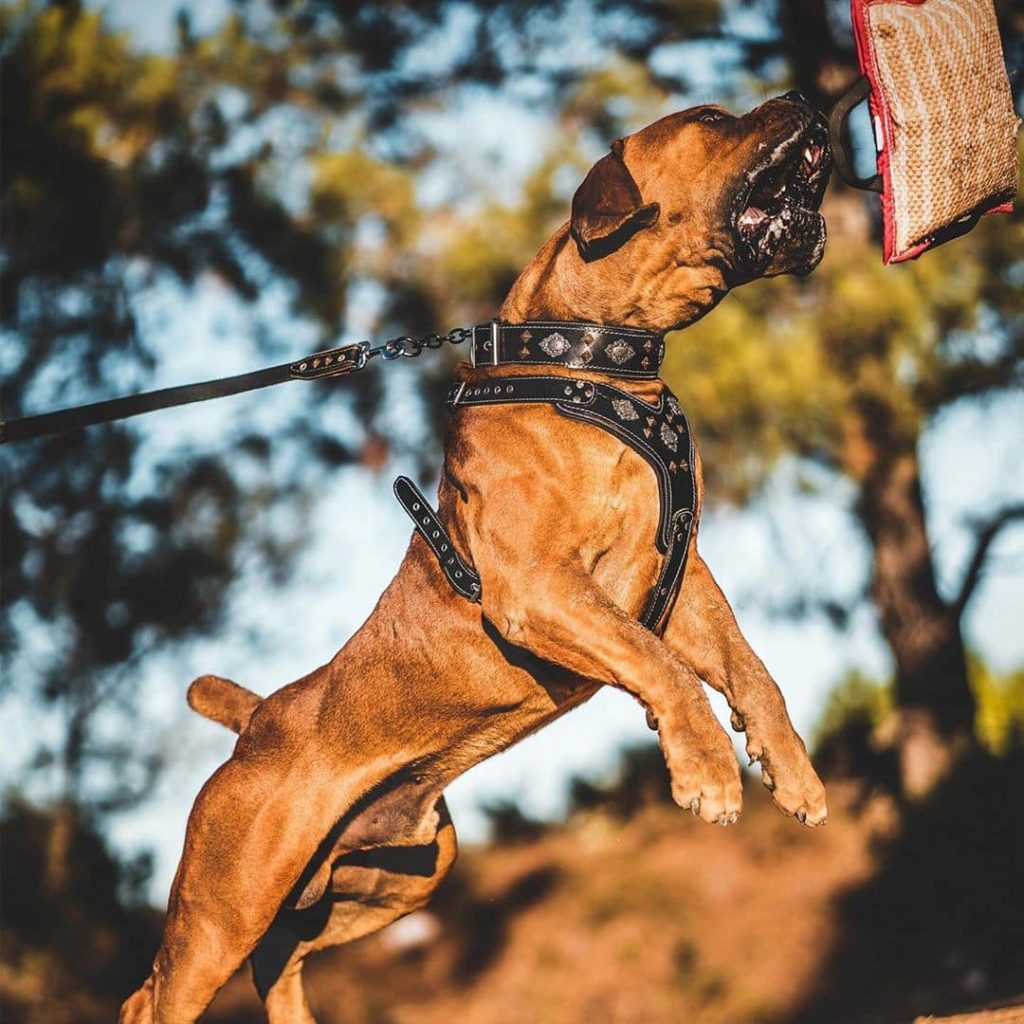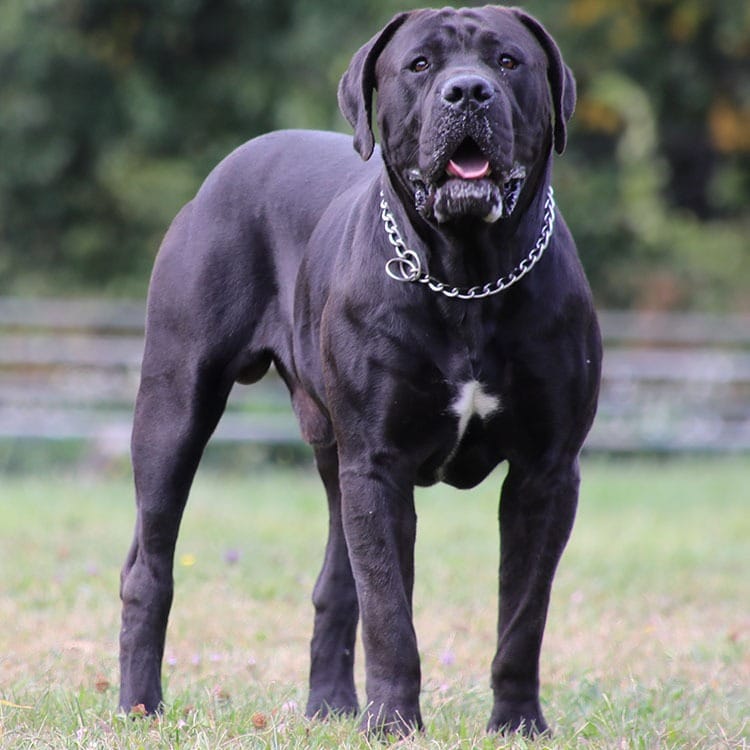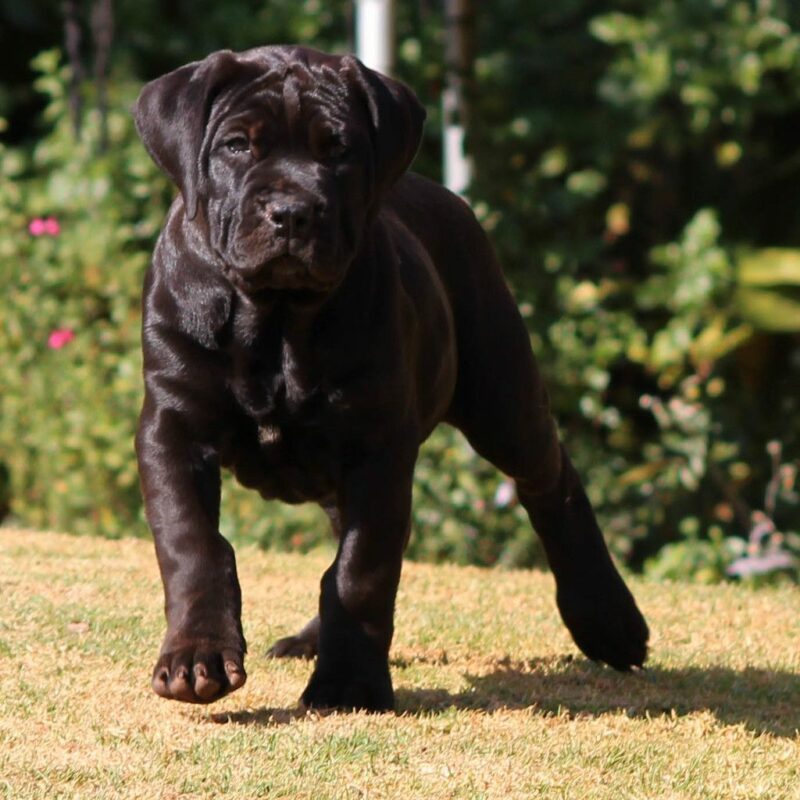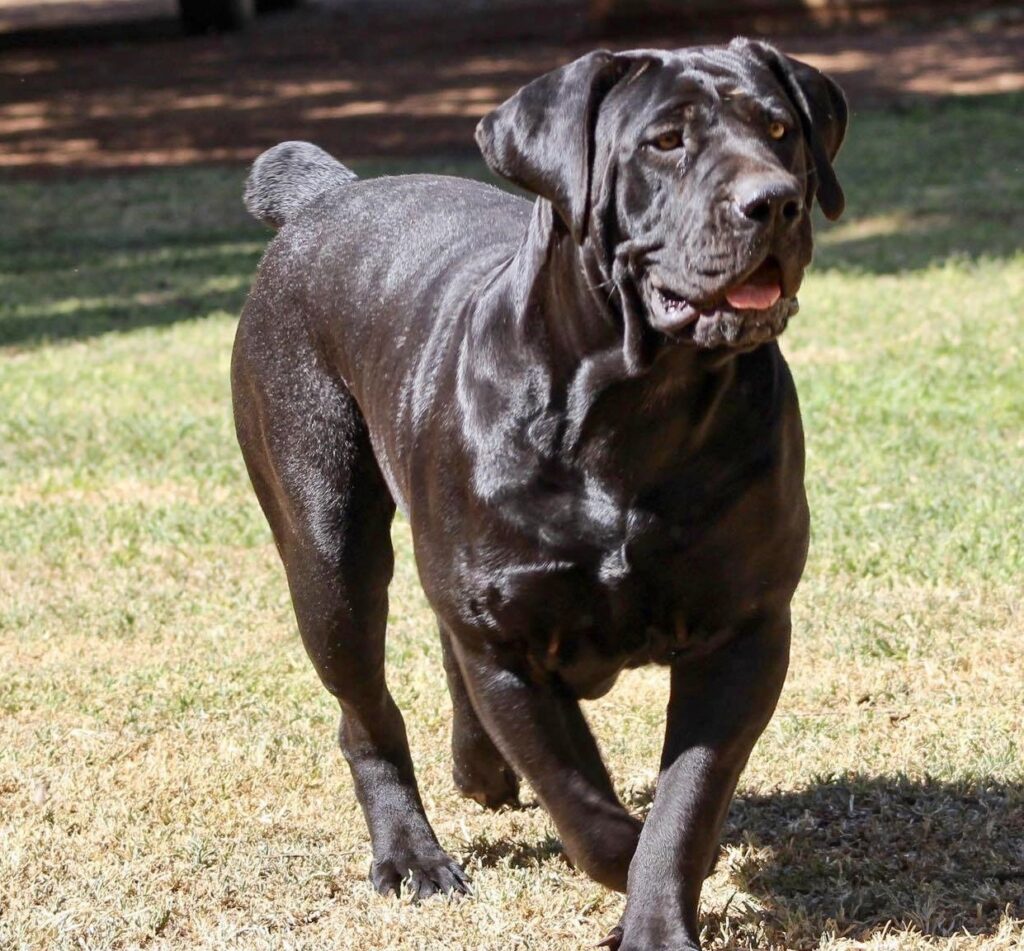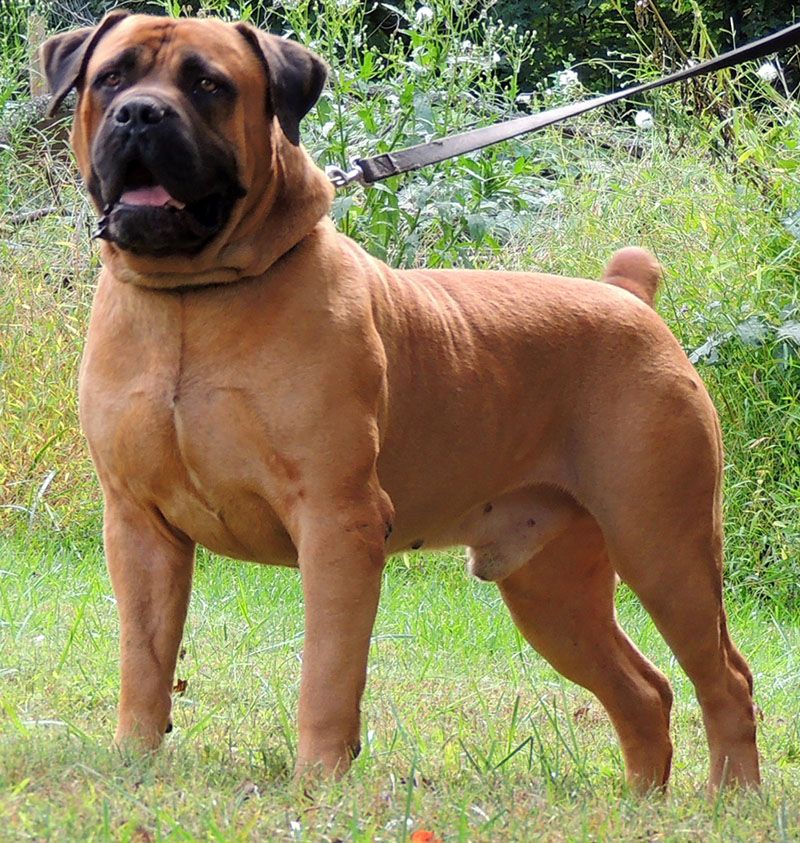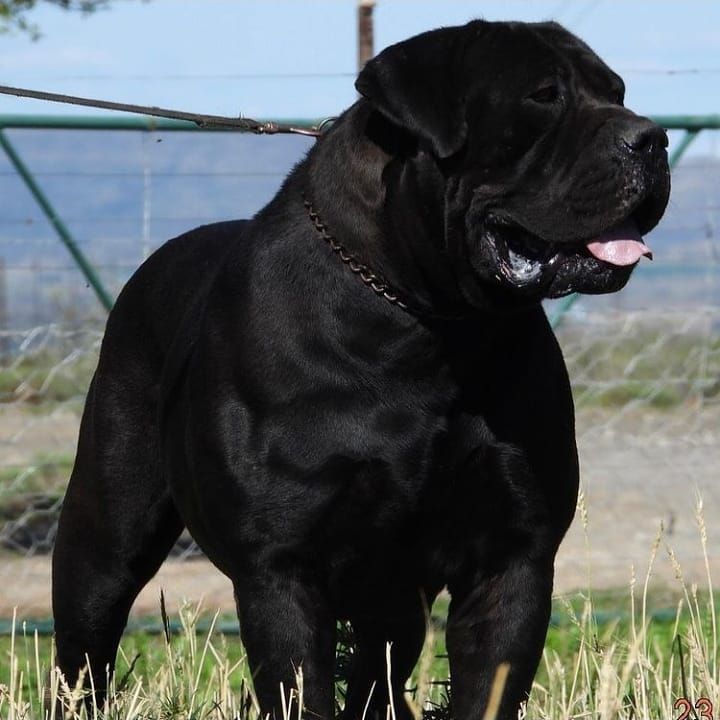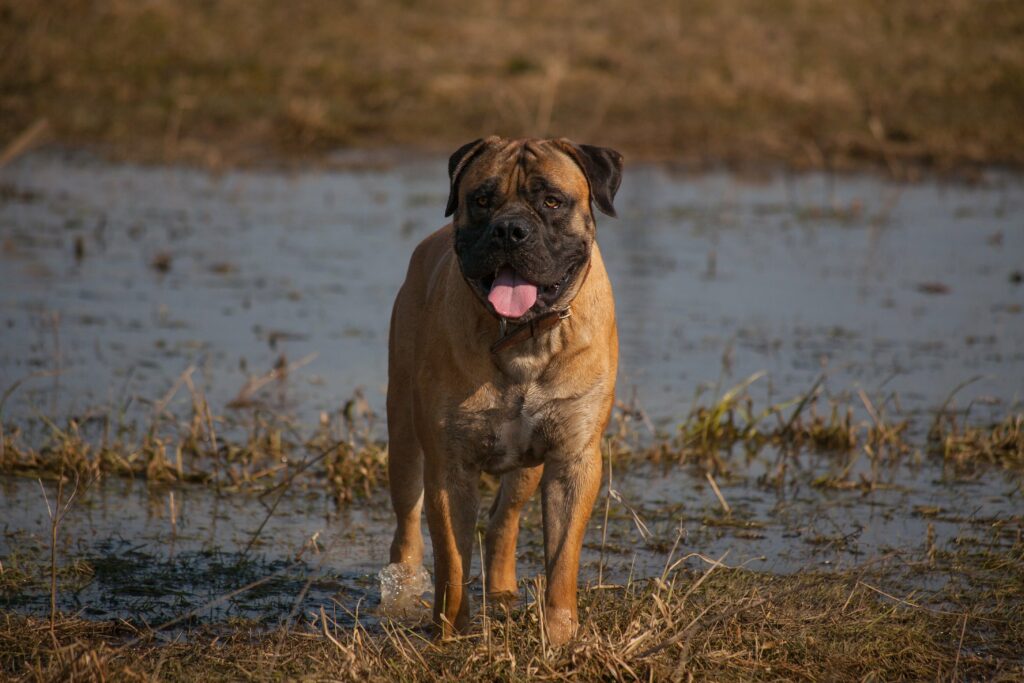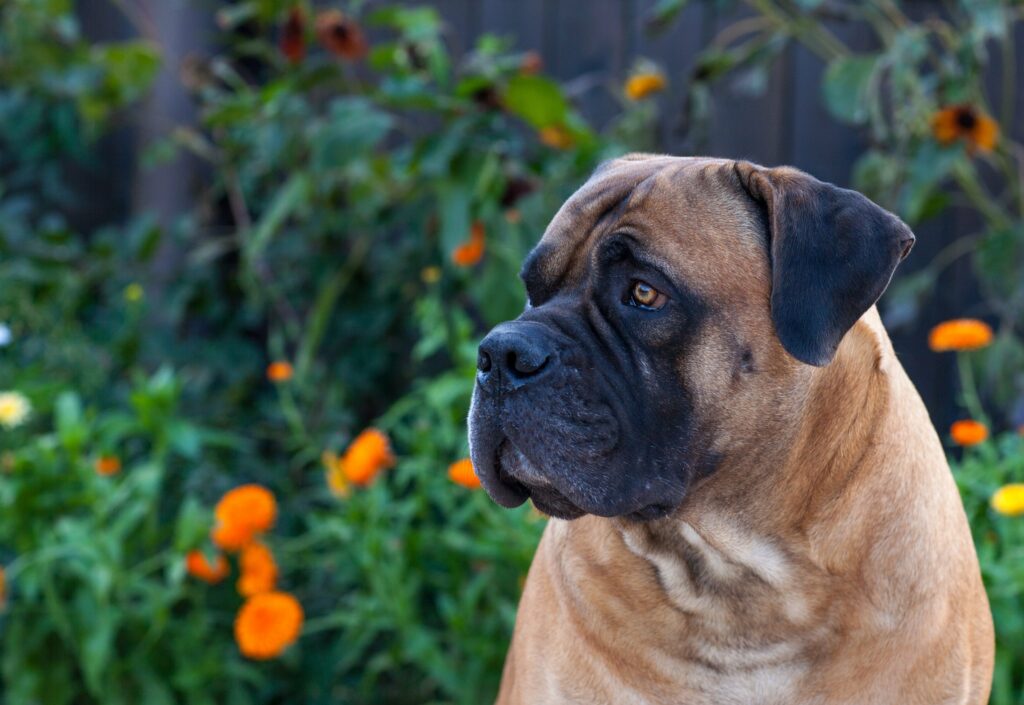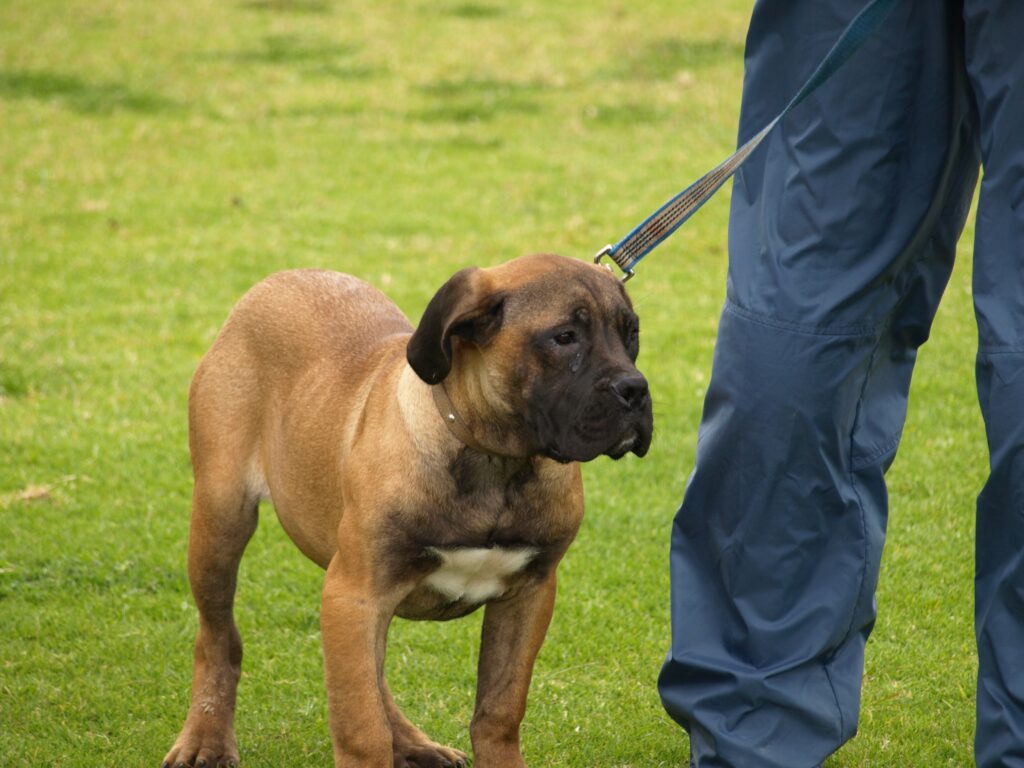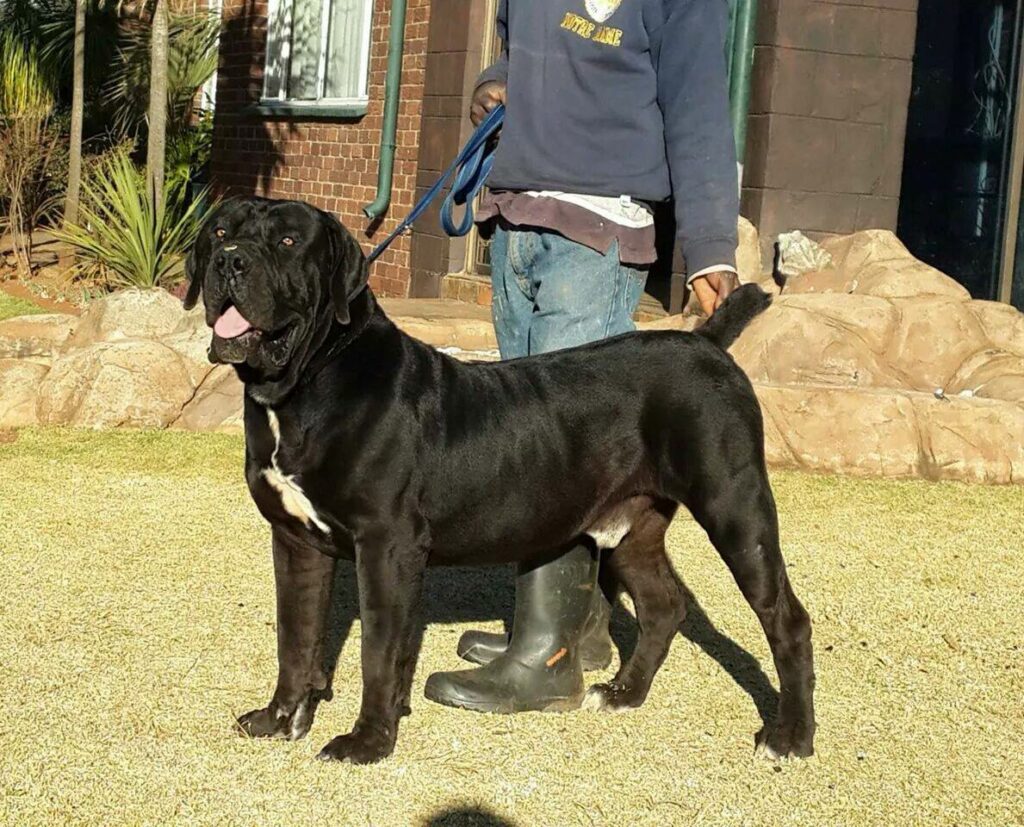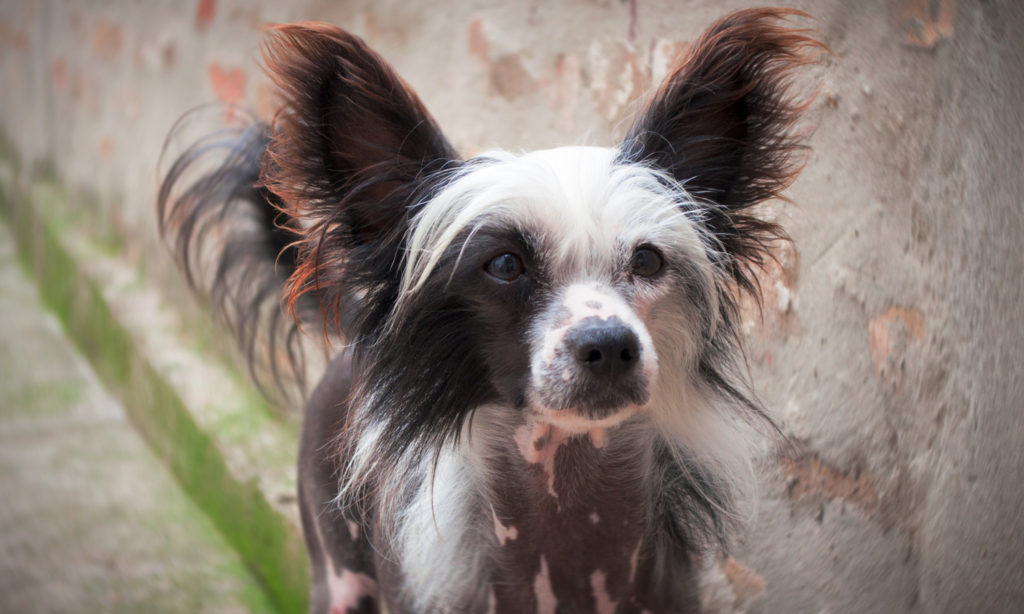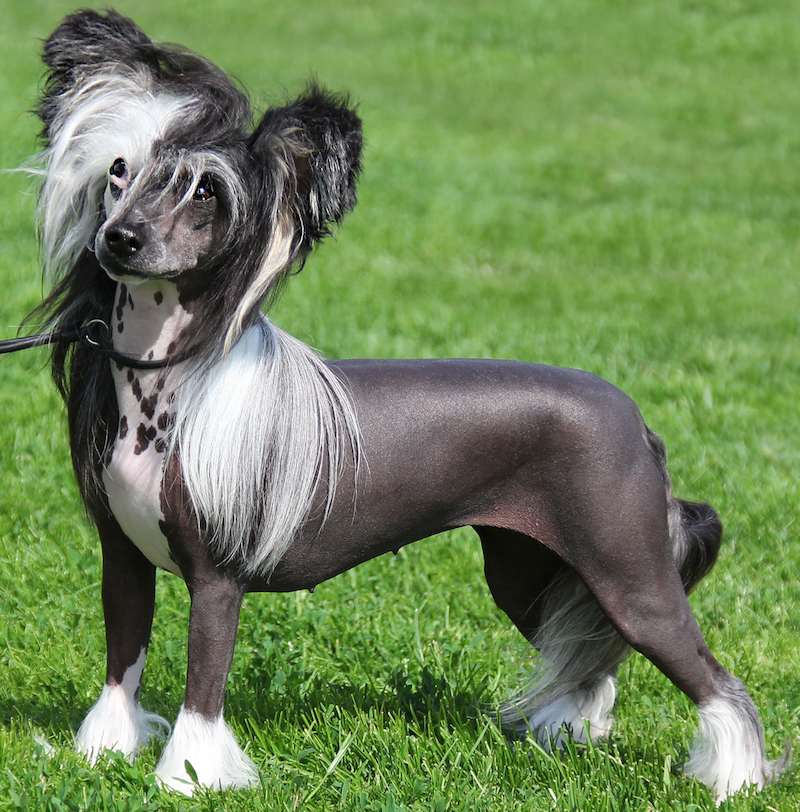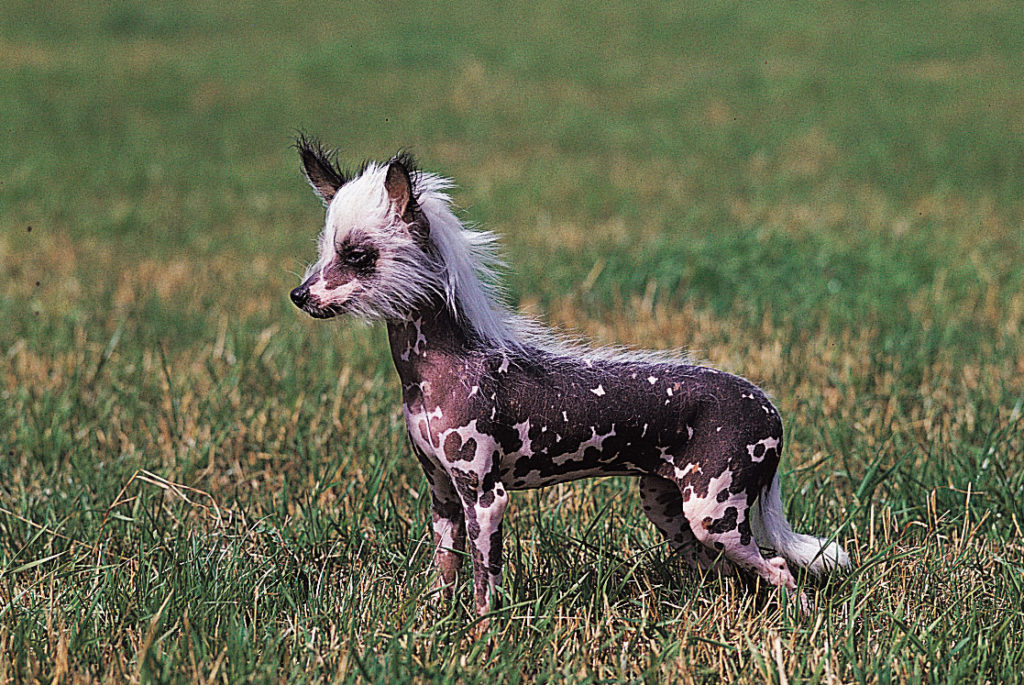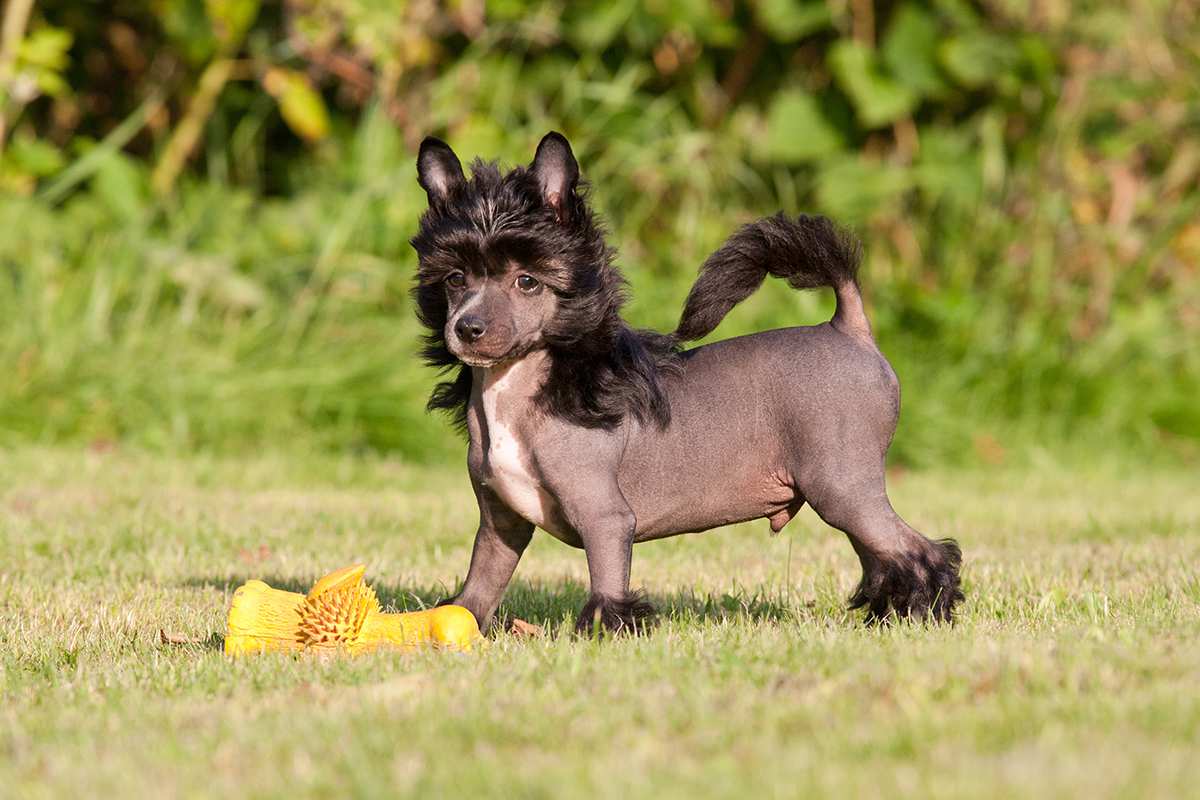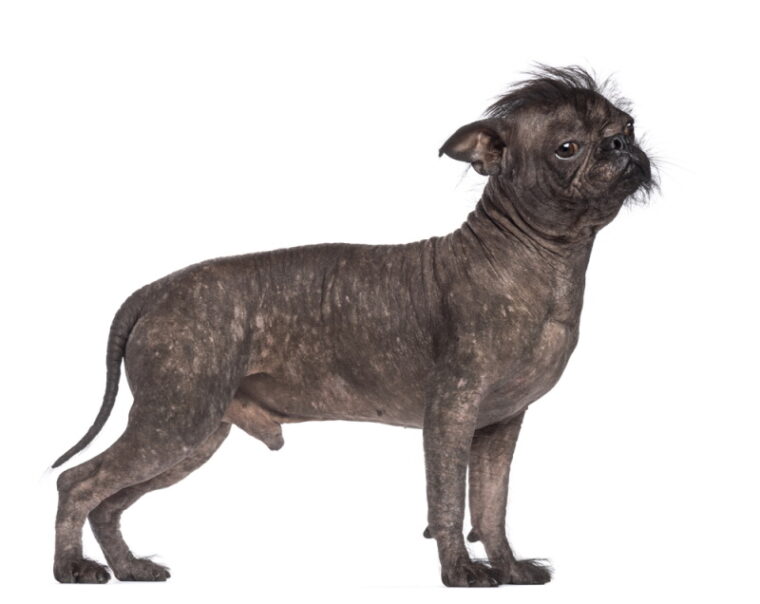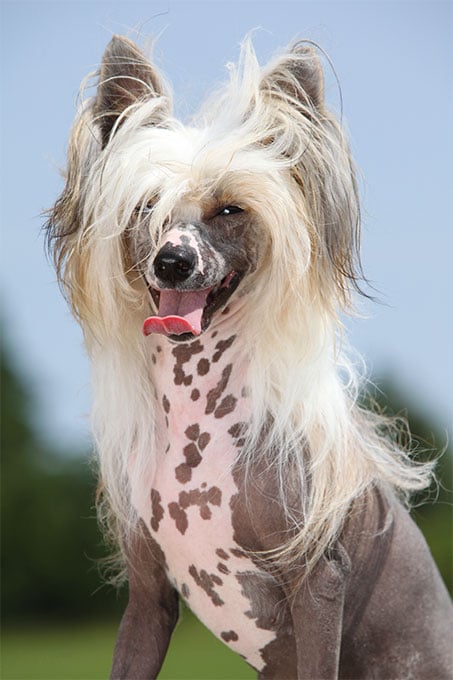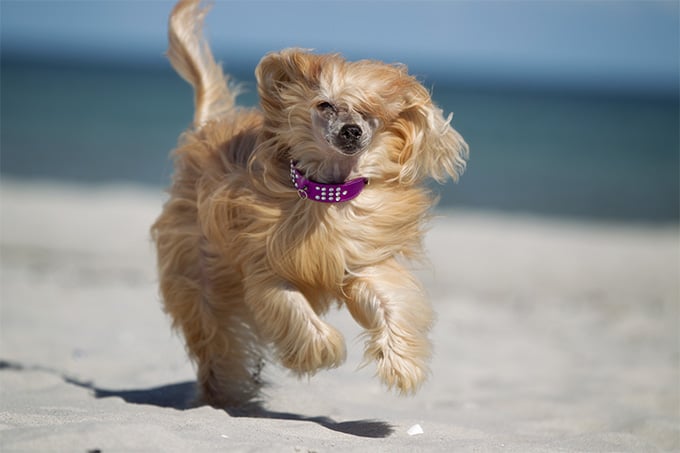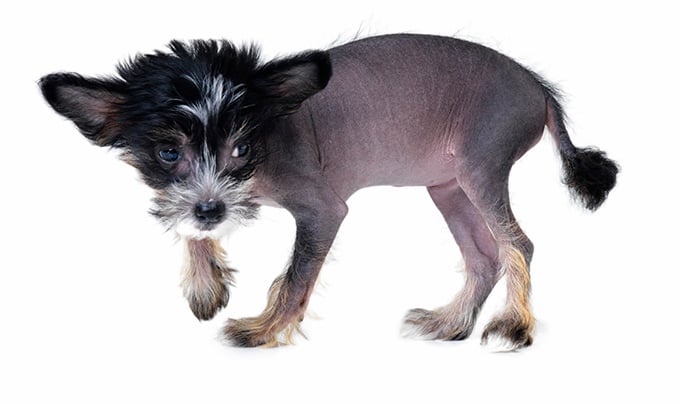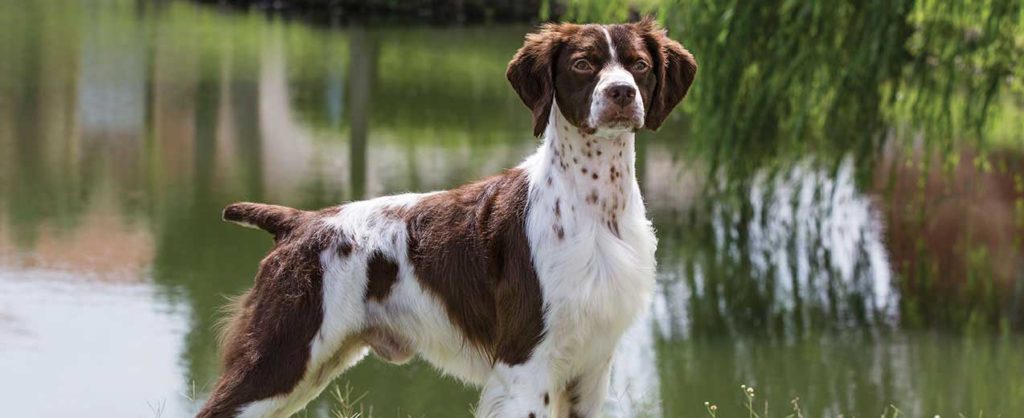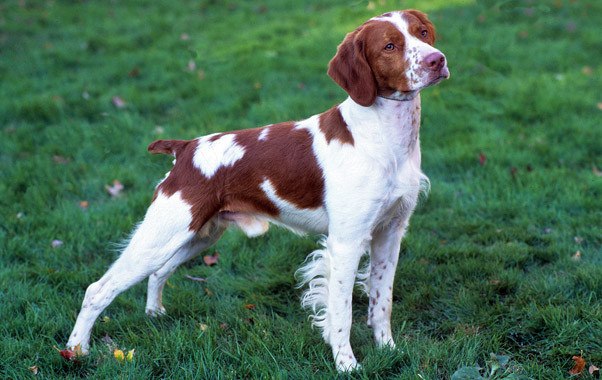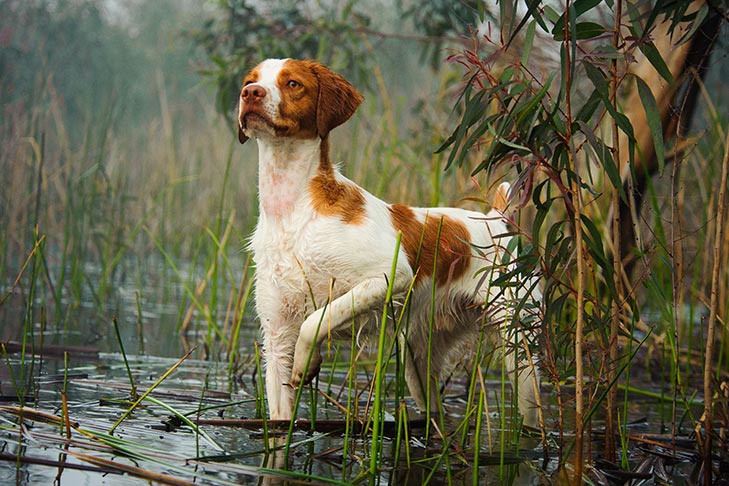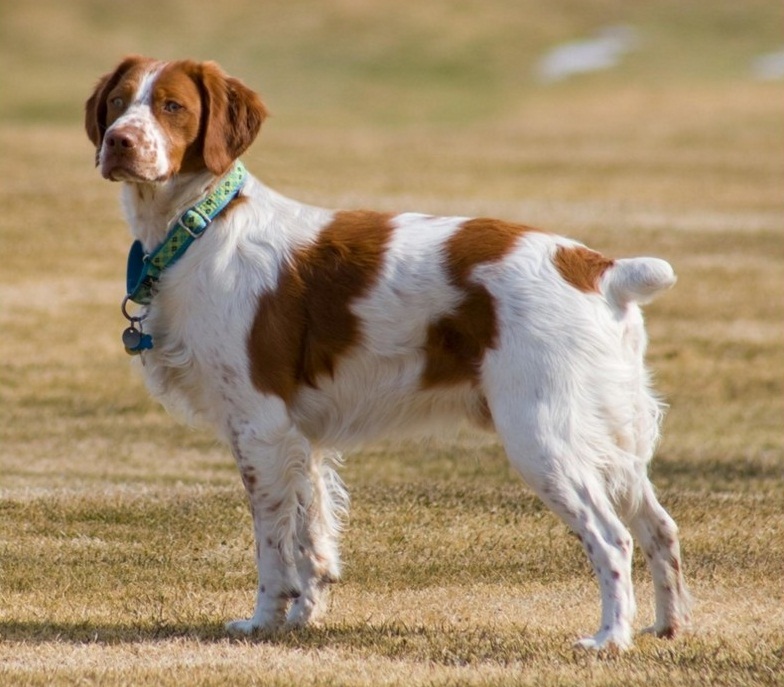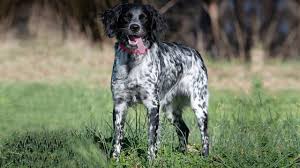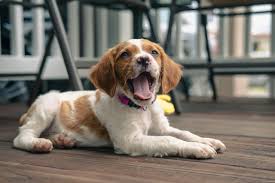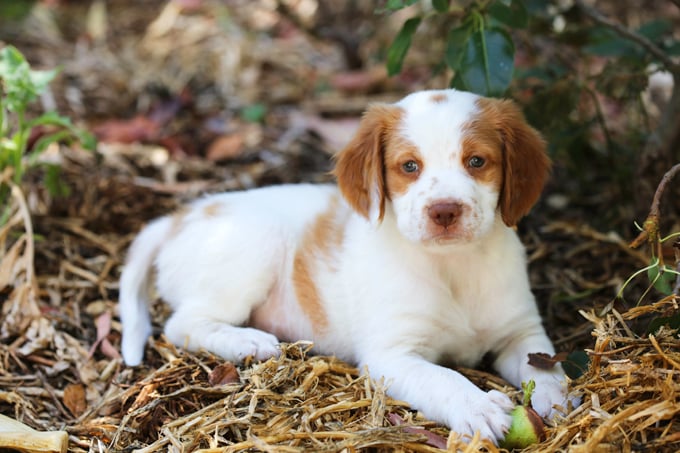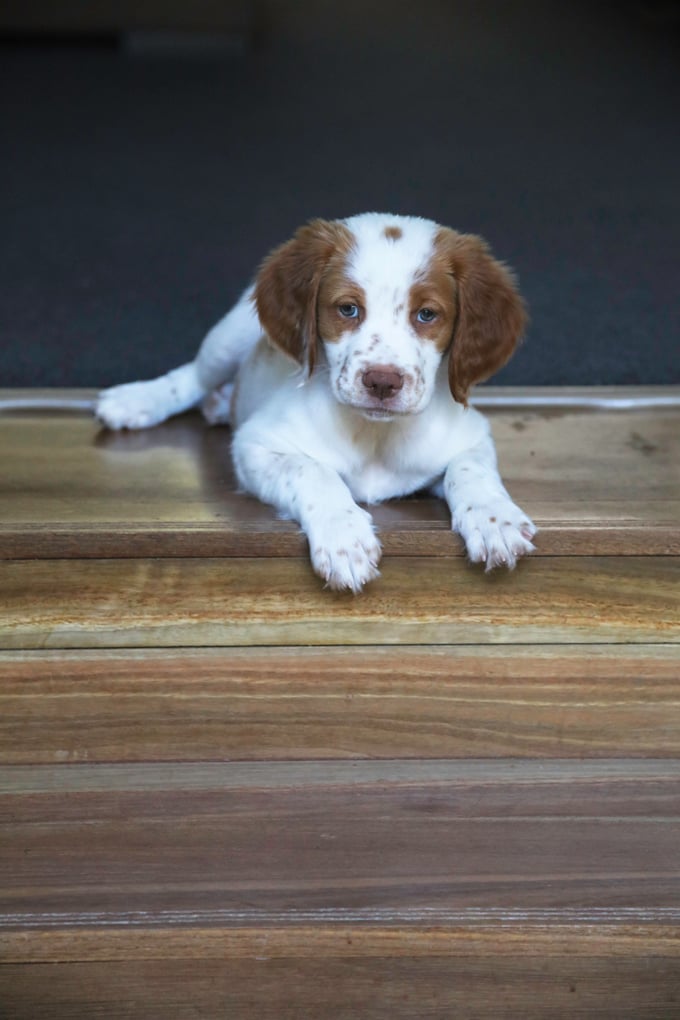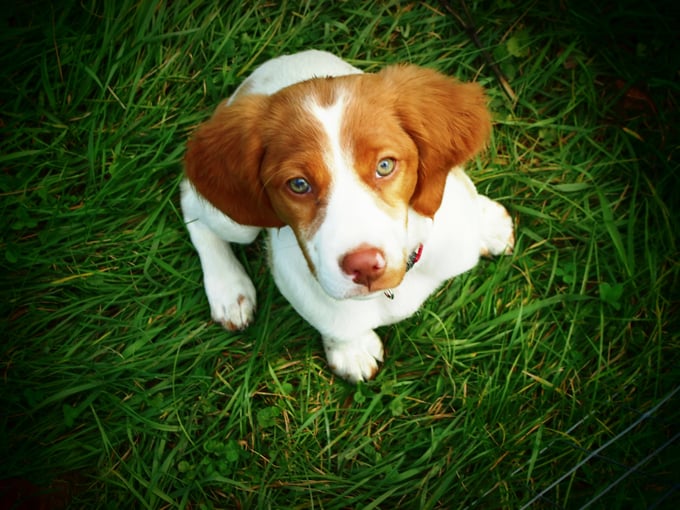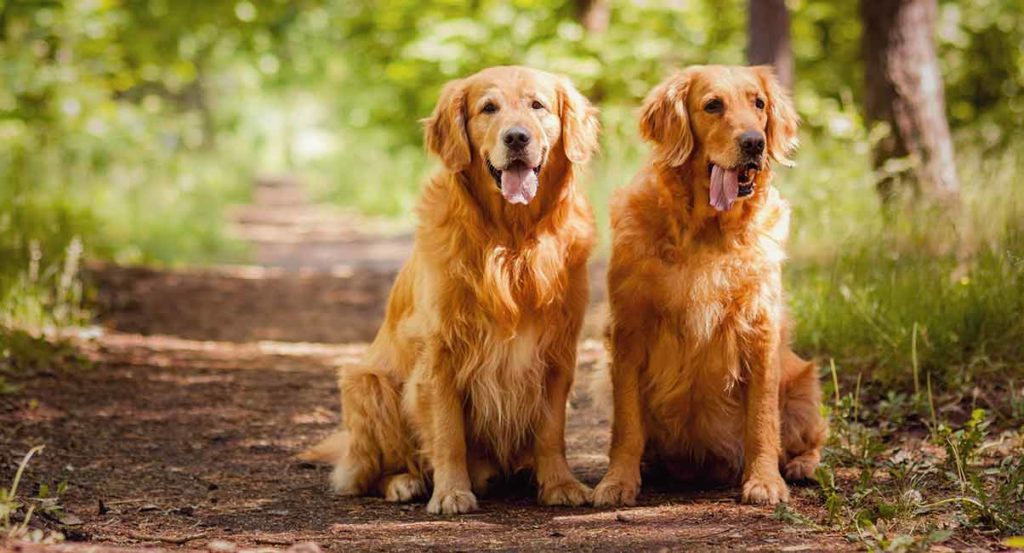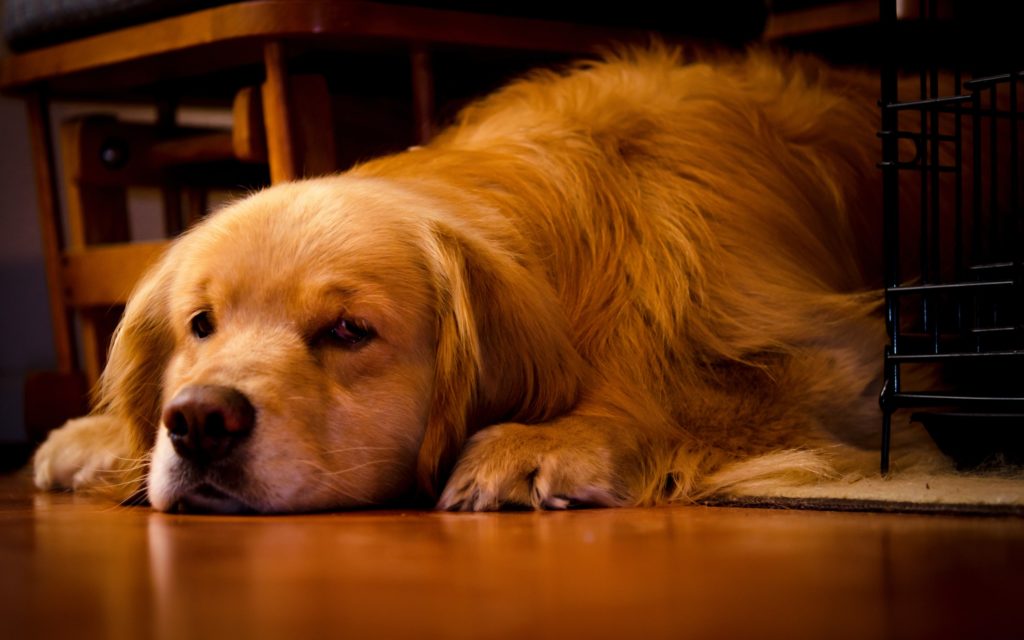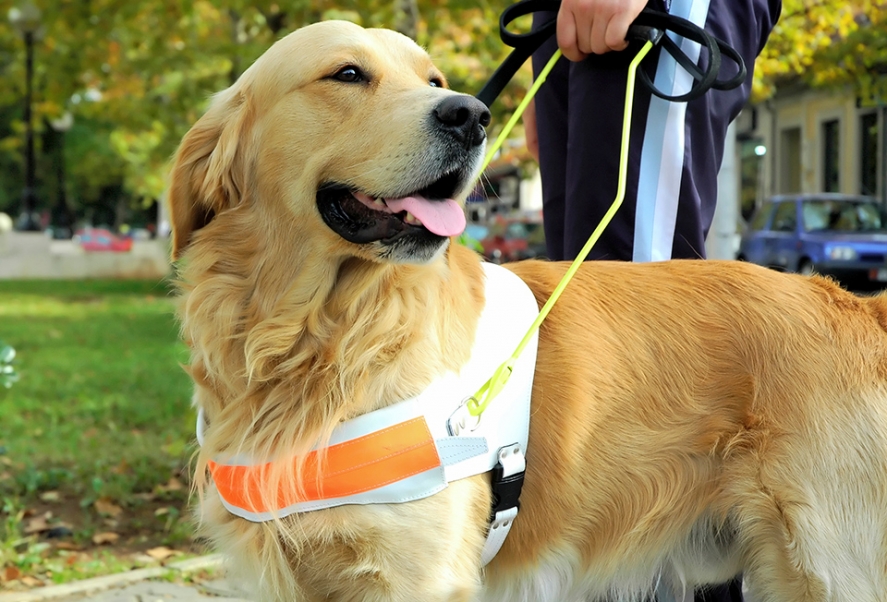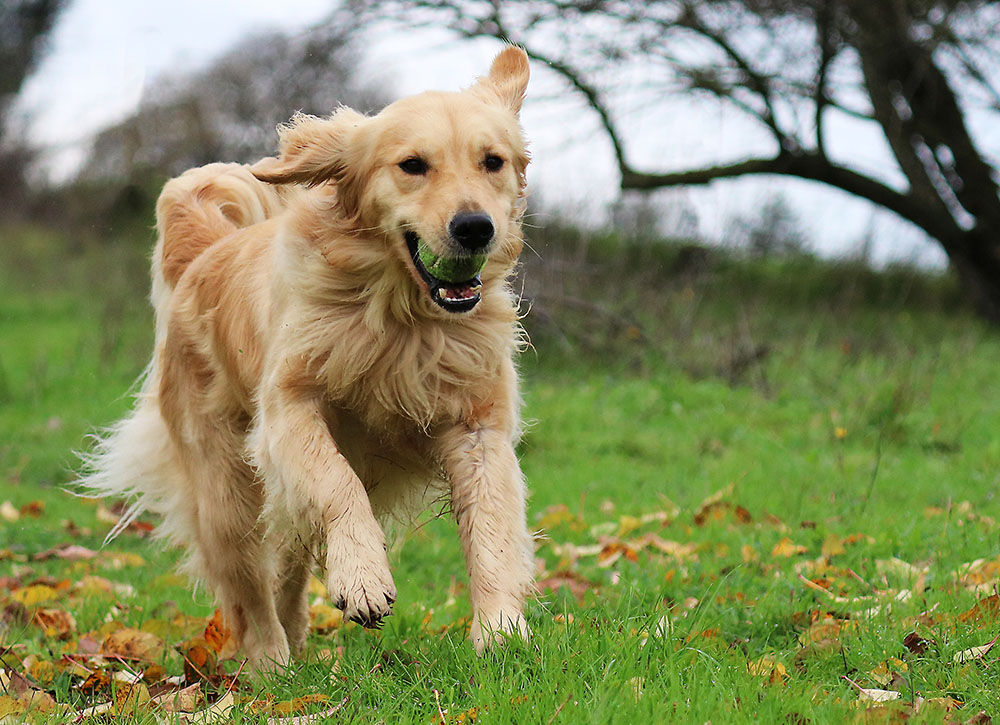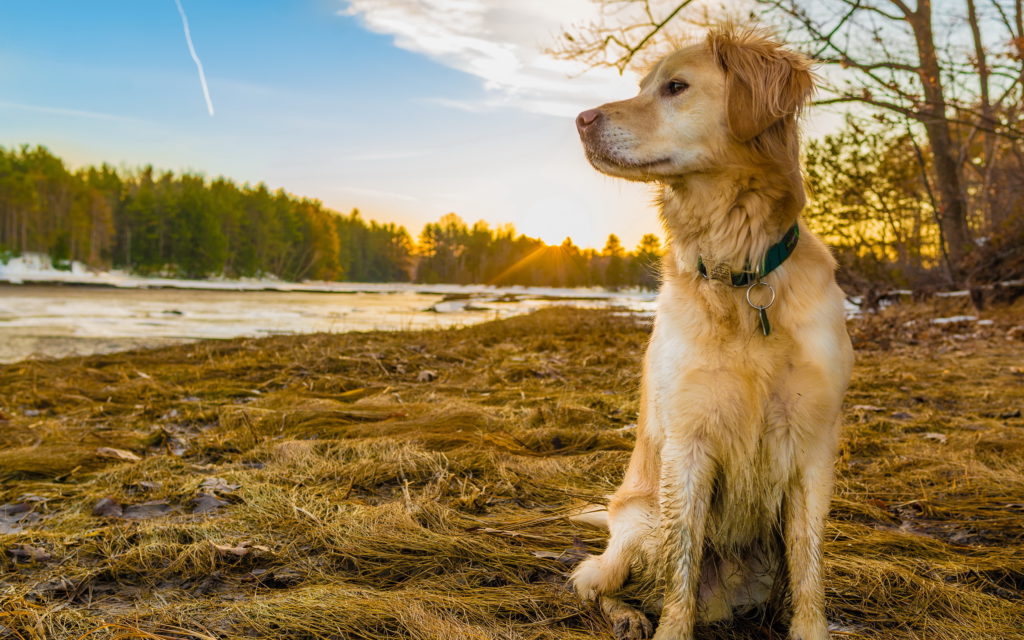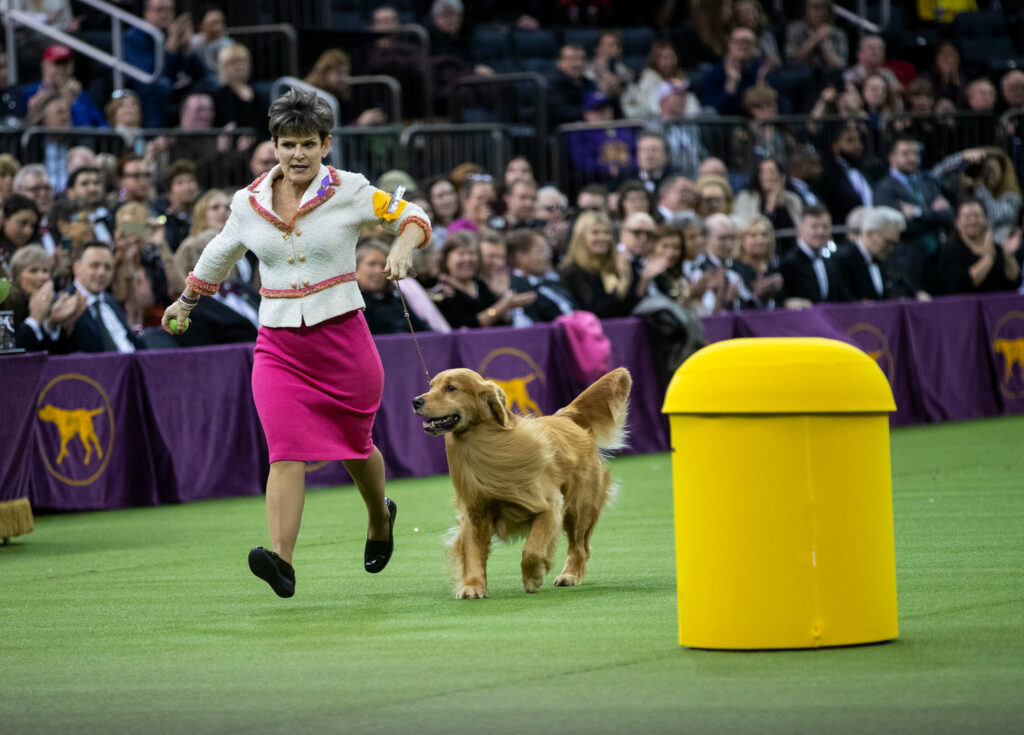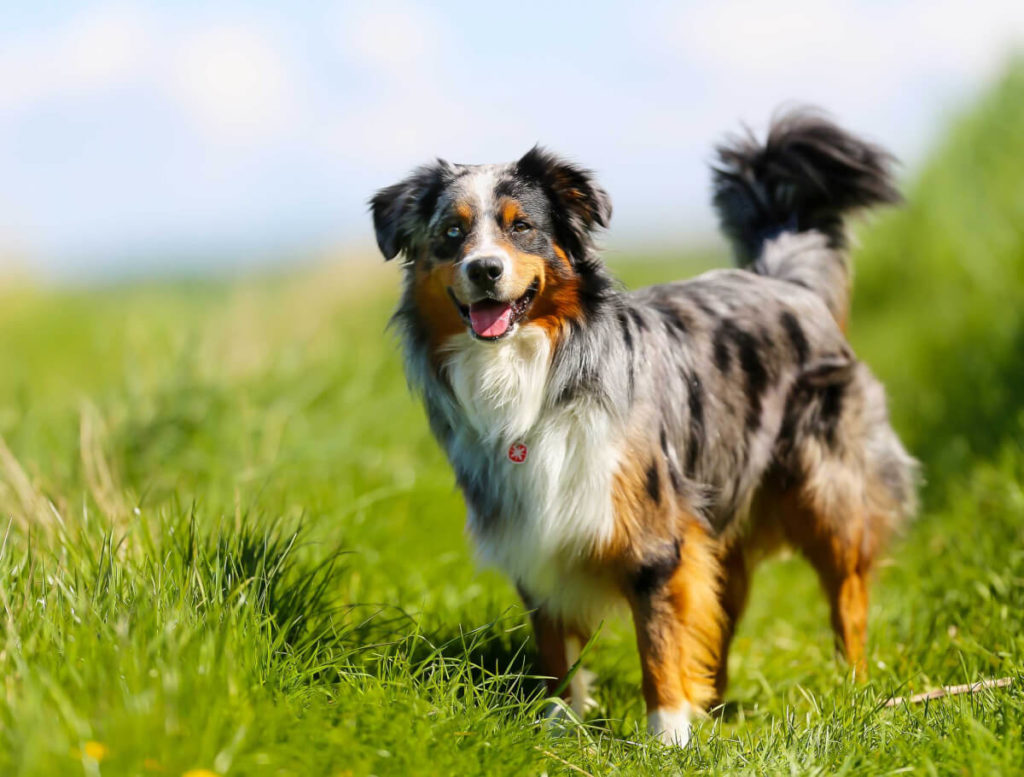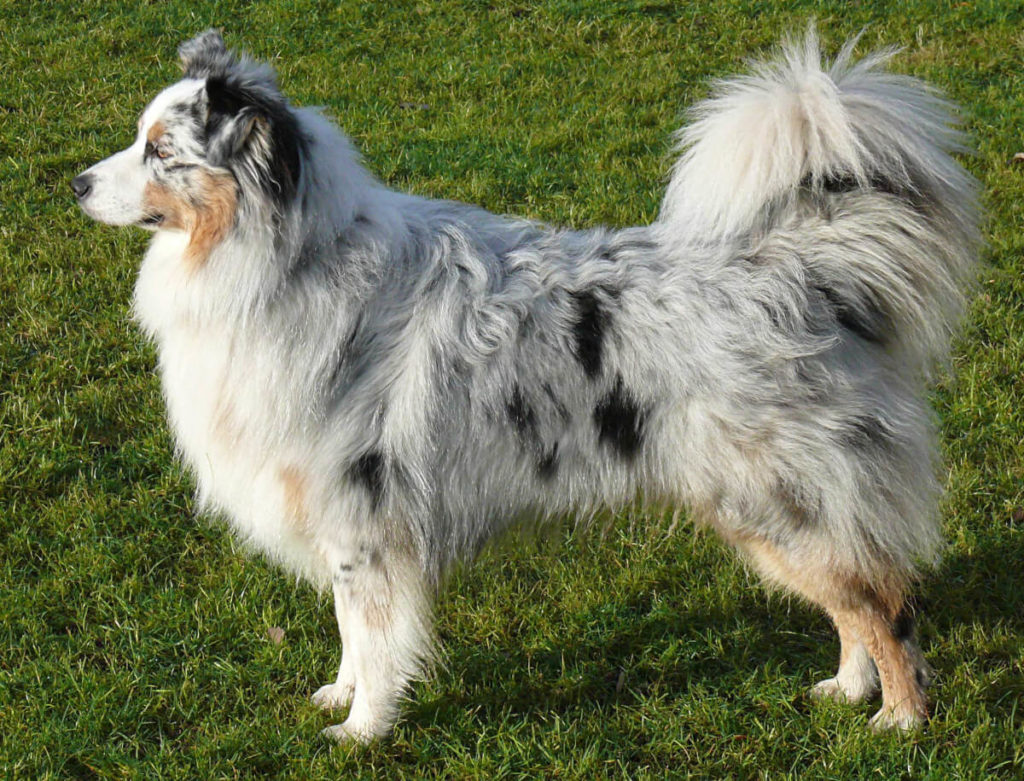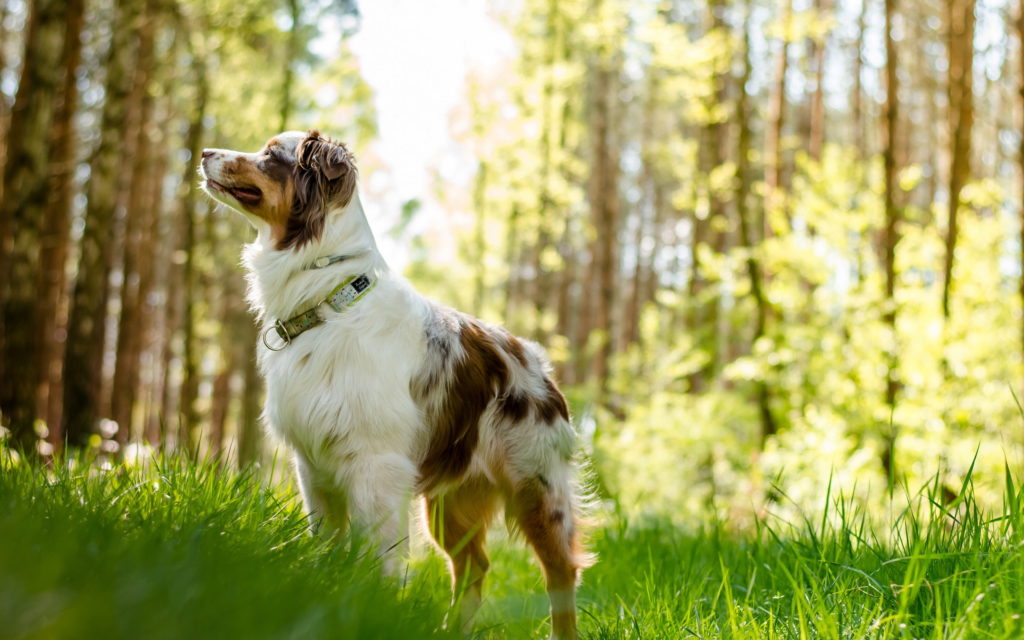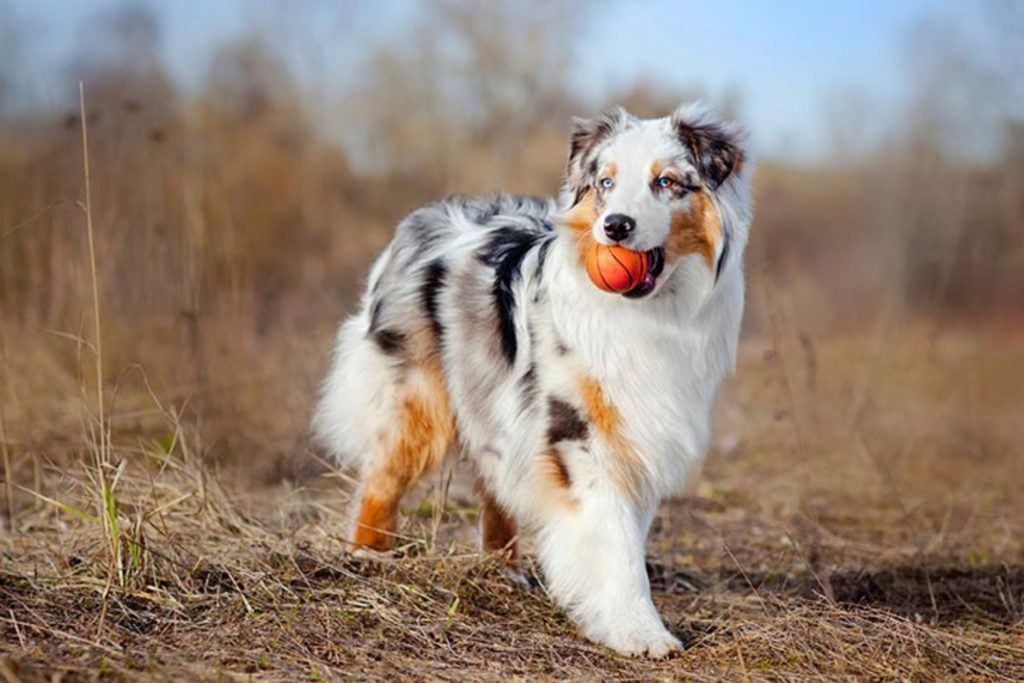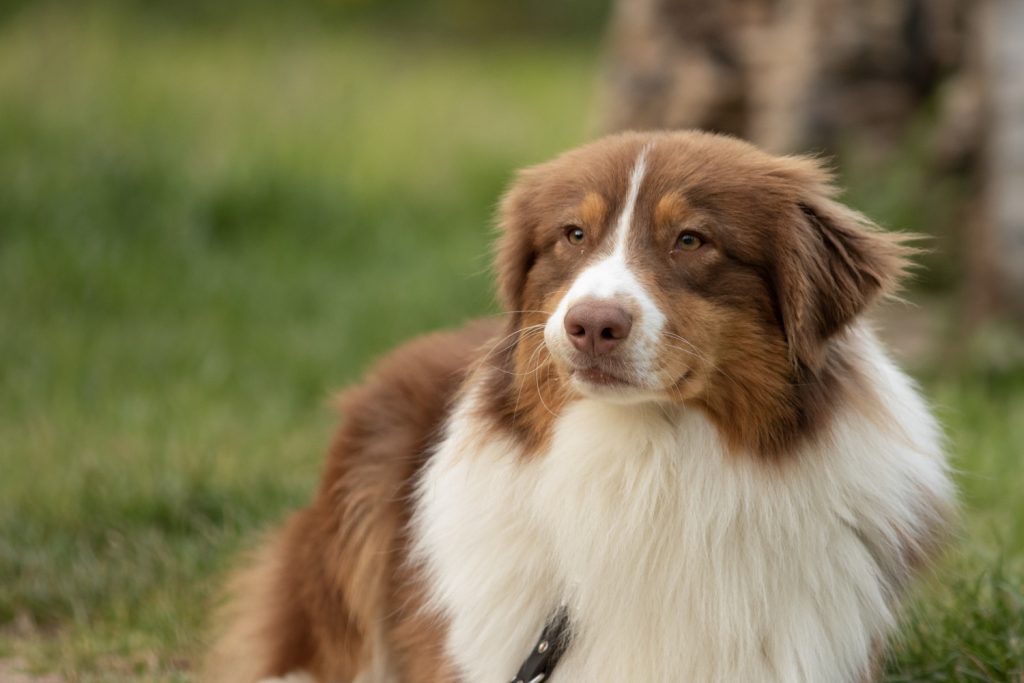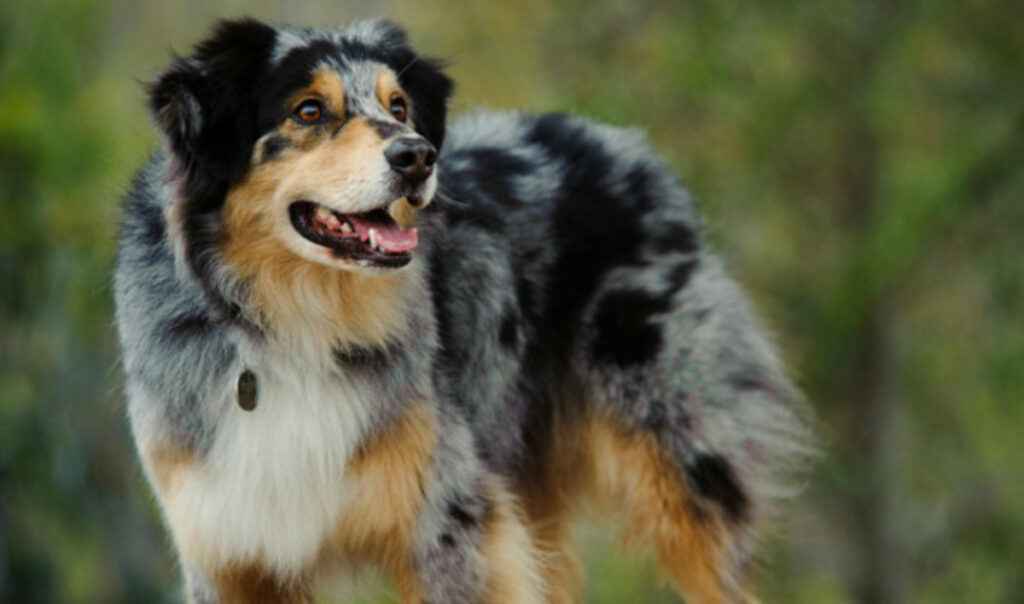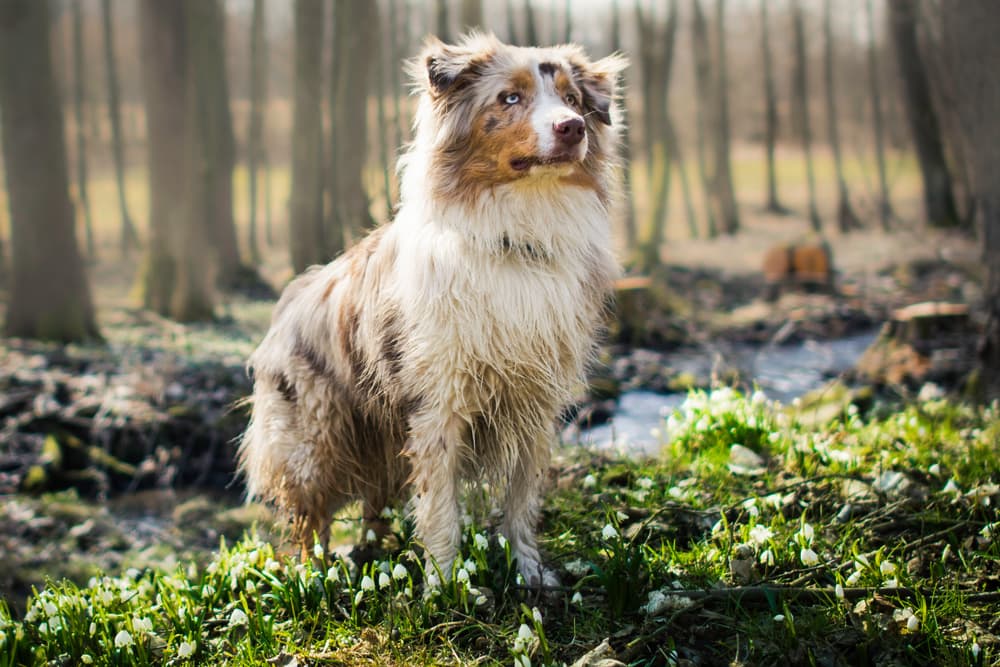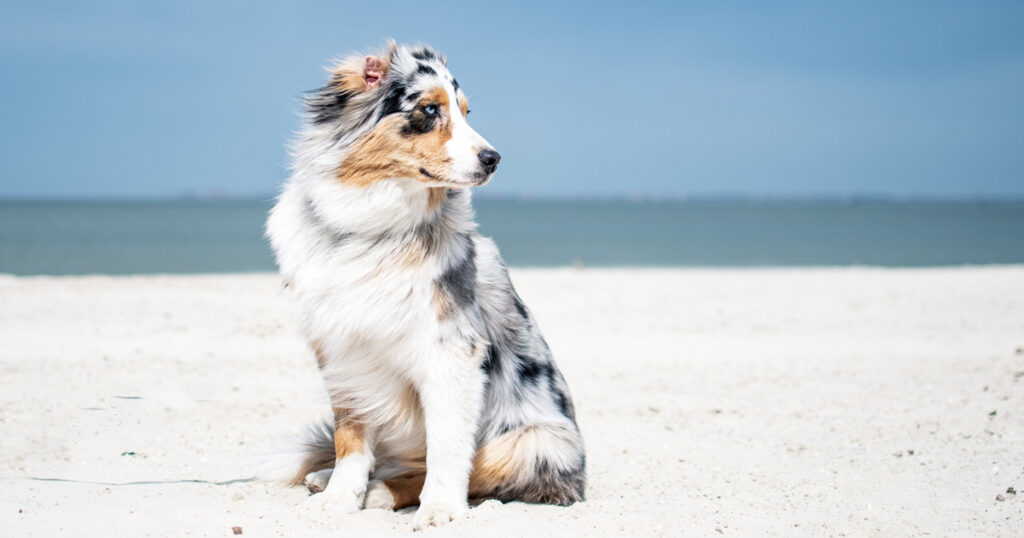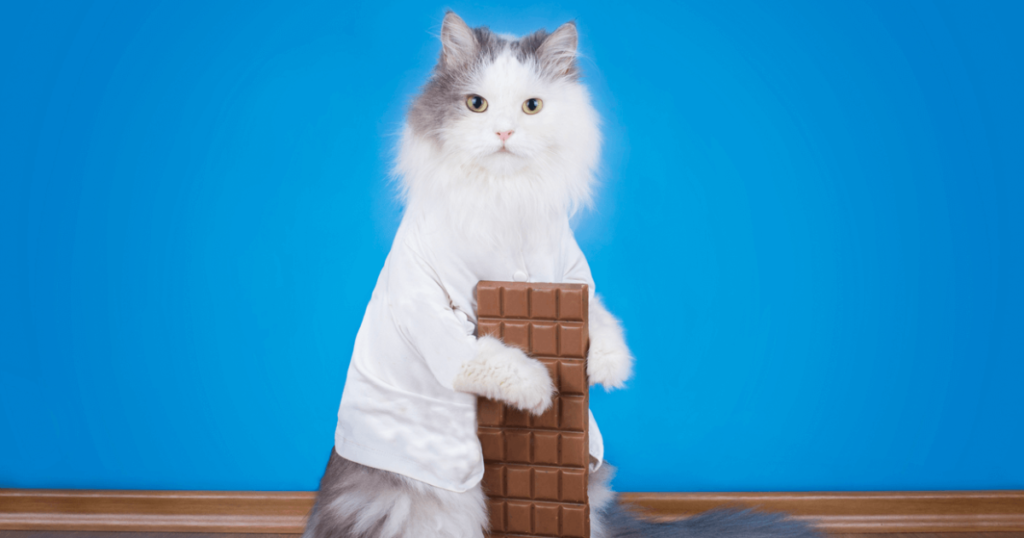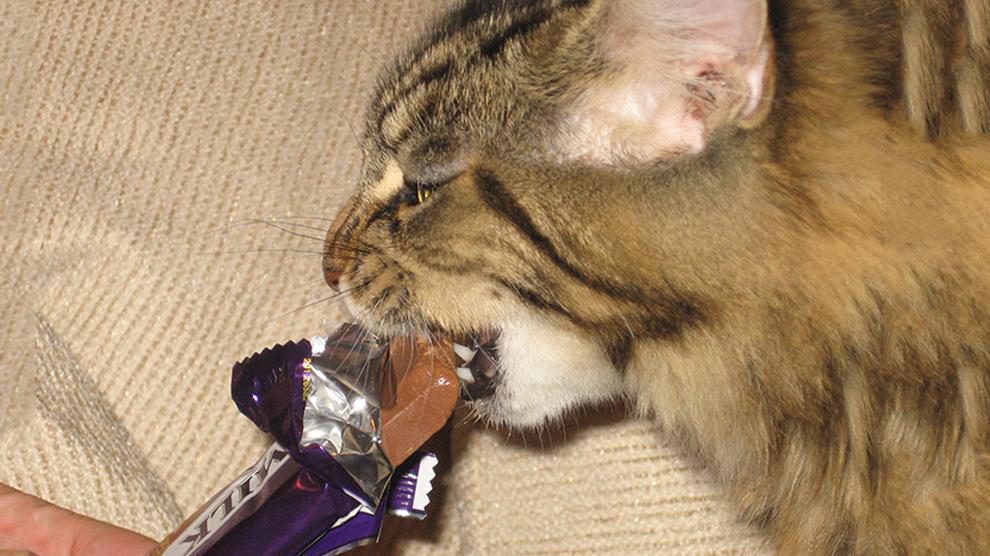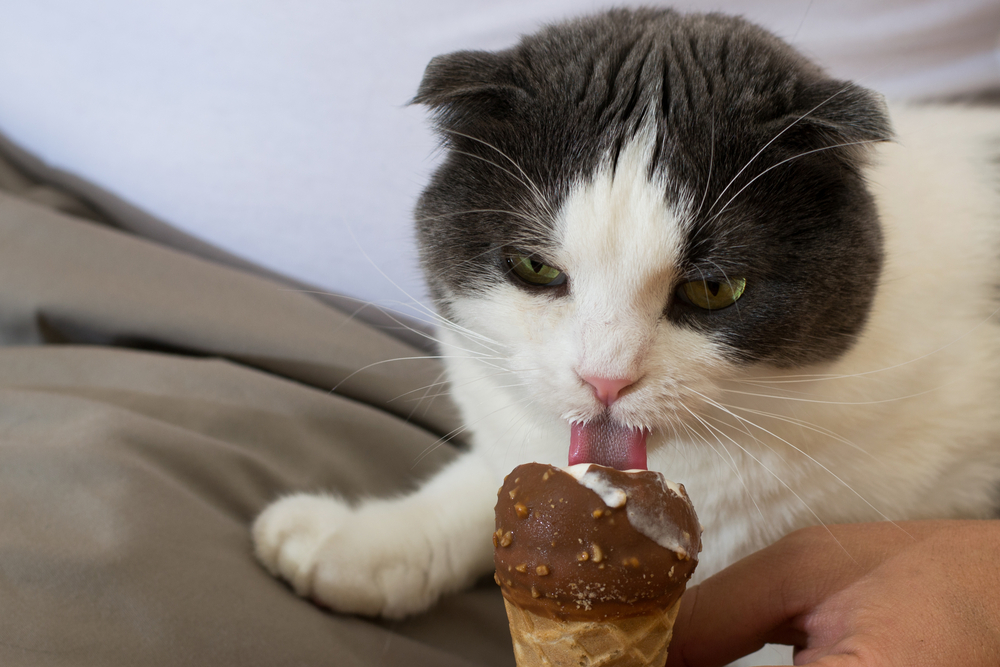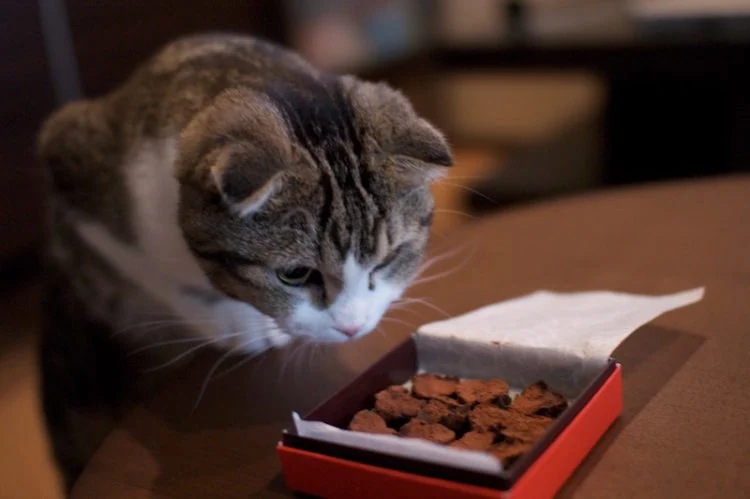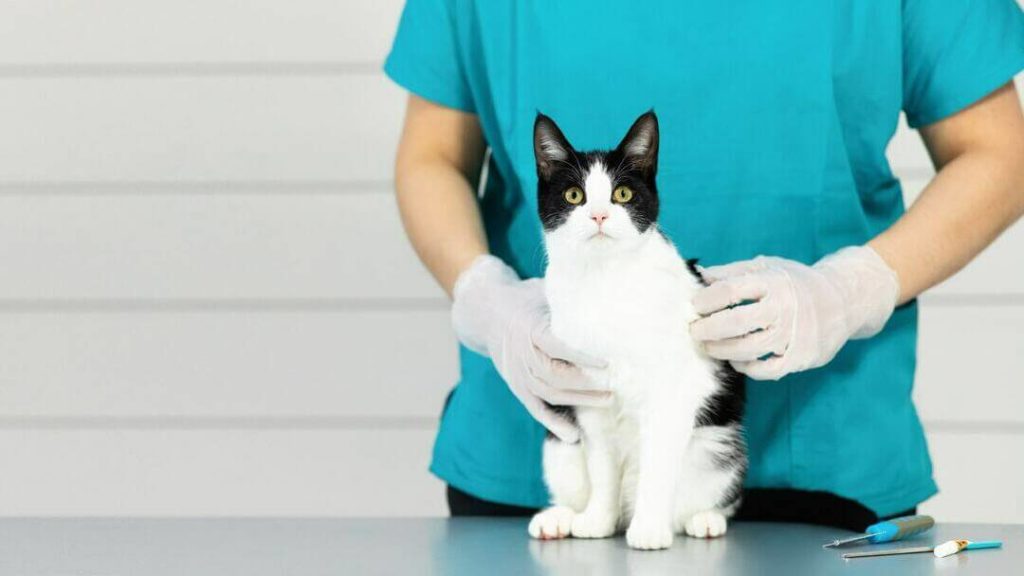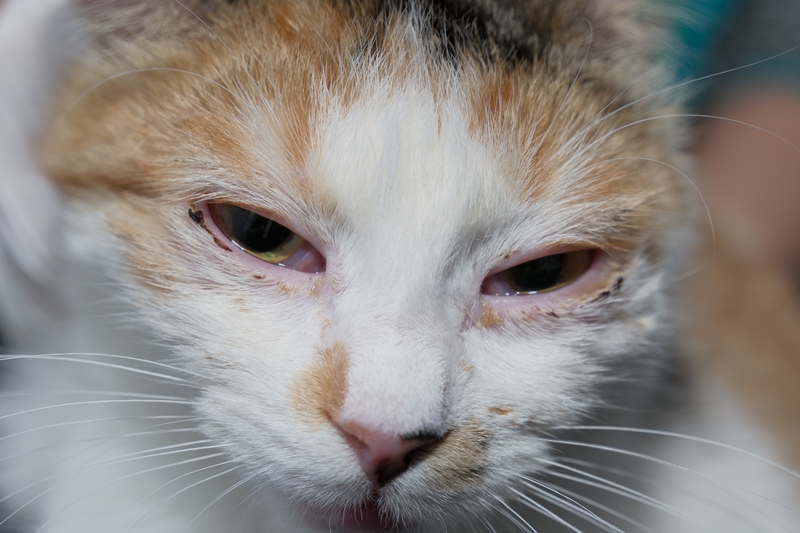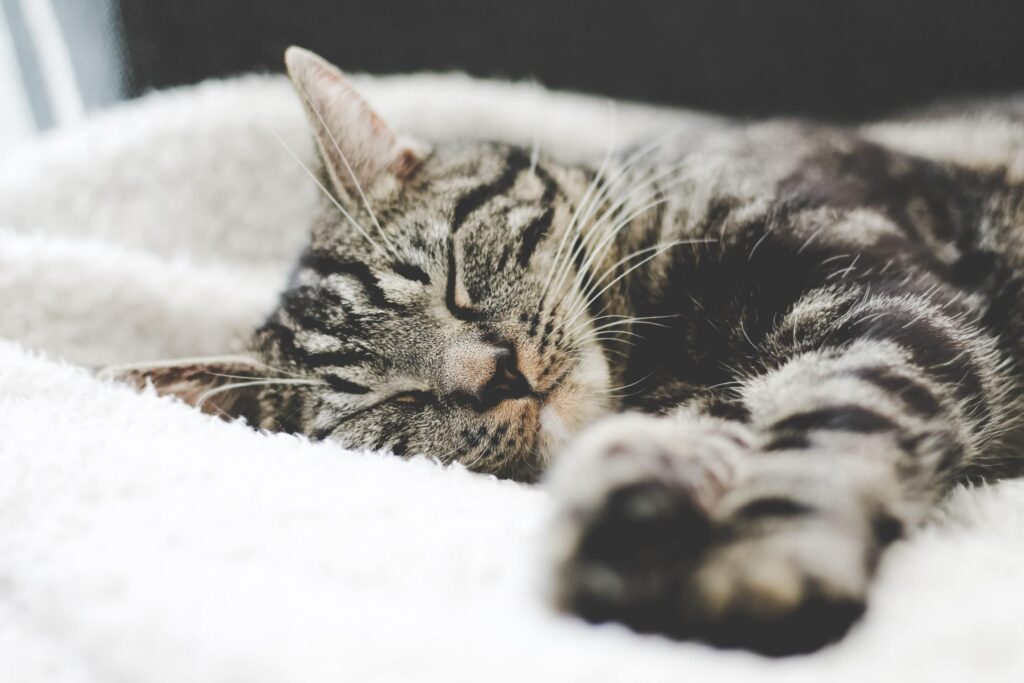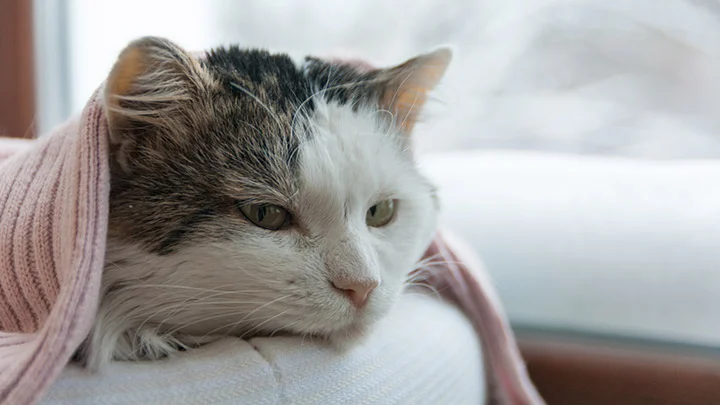The Basenji Dog Breed is the most primitive breed of dog, discovered in Africa with Pygmy hunters. The dogs were named after the tribes that owned them and the areas in which they were found — such as Zande dogs or Congo terriers — by early explorers. Primitive tribes used these dogs as pack hunters, who wear a large bell around their neck to warn the game of their approach. Right Here, we shall discuss Basenji Dog Physical Appearance, Behaviors, Training, and Caring, pictures of a basenji dog, basenji dog price, basenji dog barking, basenji dog for sale and How Much is a Basenji Dog?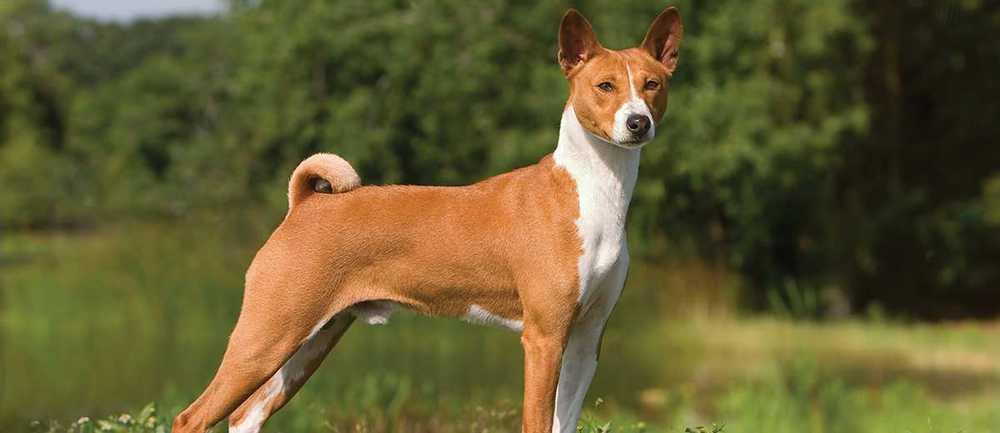
The basenji is a breed of dog that traces its roots to the pariah dogs of Africa. The breed originated in the Congo, and then the Egyptians took them into their homes for use as hunting dogs. In 1936, Mrs. Burn brought several Basenjis into England where they were called the “Congo dog” or “Congo derrier but Mrs. Burn gave these dogs their name – “basenji.” “Basenji” means “dog of the bush” in the Congol.
In the late 1800s and early 1900s, many attempts were made to bring African basenji breed to England. All of the animals died from distemper. In the 1930s, a few animals were successfully brought back and bred with other breeds to produce the modern-day basenji breed.
In the early 1900s, they were imported from Africa to America. The breed gained popularity as a pet, and soon after its arrival in America, dogs were brought back to England. The breed’s popularity was modest but steady. In the 1950s, a surge of popularity occurred because of a book and movie that featured this breed. The unique characteristics of this breed have always made it difficult to categorize; they include not barking and yearly estrus cycle.
Basenji Dog Physical Appearance
- Basenjis are small dogs with erect ears and curled tails.
- They have graceful necks and wrinkled foreheads.
- Their eyes are almond-shaped, and they have squared bodies with males usually larger than females.
- They are athletic dogs that can be surprisingly strong for their size.
- The coat of this breed is short and smooth.
- Pictures of a Basenji Dog can be red, black with white markings, or black and tan.
Their ears are erect to help them locate the game in thick bush and may act as heat dissipaters. This dog’s short coat also aids in dealing with the hot climate of Africa. It has longer-legged allowing a good amount of speed and the ability to perform the double gallop.
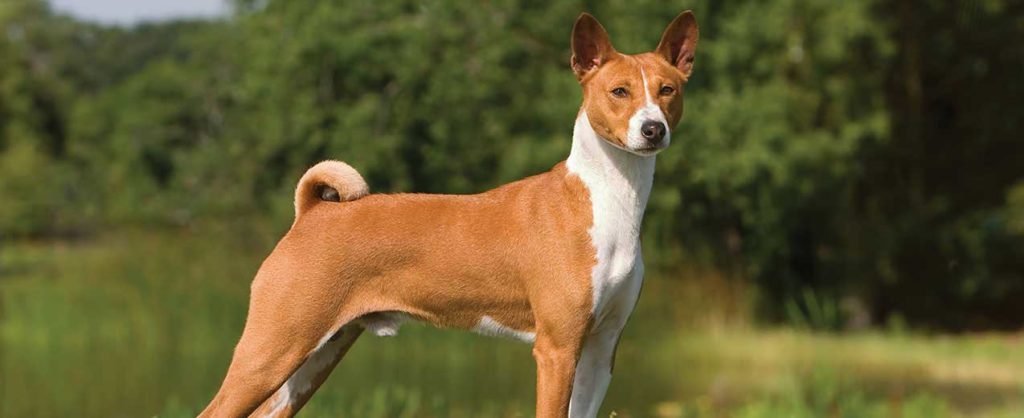
They are considered to be one of the smallest hounds, standing 16 to 17 inches at the shoulder and weighing 22 to 24 pounds. They are leanly built with a deep chest, narrow waist, long back legs, and muscular hindquarters. The Basenji is a short-haired breed that has white feet and legs.
Basenji Dog Behavior
The Basenji is a breed of hunting dog that was bred from stock originating in central Africa. The breed is noted for its cat-like appearance and disposition, as well as its ability to hunt silently. They are energetic, curious, and social dogs that enjoy the company of their owners. They also tend to be reserved with strangers but can become emotionally attached to a single human. Basenjis dislike wet weather and will often refuse to go outside in any sort of damp condition.
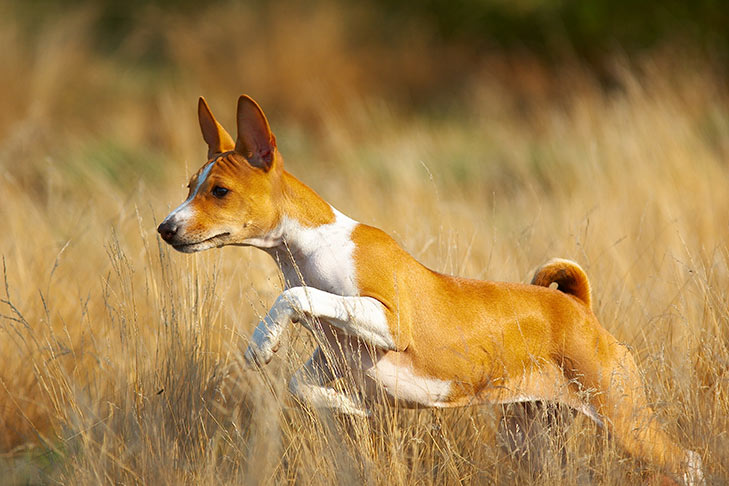
Basenjis are intelligent, active, lively, and trainable dogs. They need regular mental and physical stimulation lest they become destructive. They are not mute; they do make several sounds including yodeling, howling, shrieking, and barking.
Basenji Dog Training and Caring
The Basenji is a high-energy, active dog. They need to be provided with plenty of exercises every day. A long walk followed by vigorous play or free running in an enclosed area will meet their needs physically and mentally. They enjoy playing fetch or engaging in other types of games such as agility training and lure coursing.
This is a breed of hunting dog known for its intelligence and strong voice. They are fiercely protective of their families and need plenty of socialization to be ideal companions. The breed’s coat needs little grooming, as it tends to stay clean with the swipe of a cloth or brush once or twice weekly.
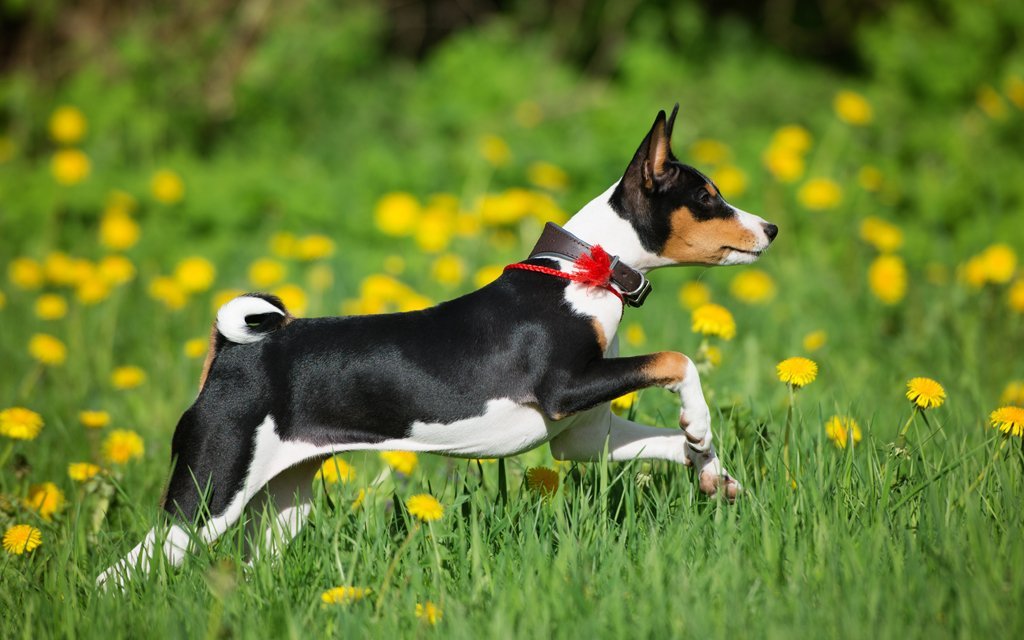
Basenji Dog Health
A Basenji breed can be healthy, but it’s prone to some health challenges. Fanconi syndrome, PRA, Basenji enteropathy, CHD, and patellar luxation are a few of the issues a Basenji may face. An average life span is between 12–14 years.
Basenji Review
- Quiet
- Low shedder
- Good for active owners
- High prey drive
- Can be stubborn about training
- Becomes bored and potentially destructive easily
Pictures of a Basenji Dog
Below are the Pictures of a Basenji Dog. Enjoy exploring the adorable images of basenji dog pictures!
basenji dog pictures
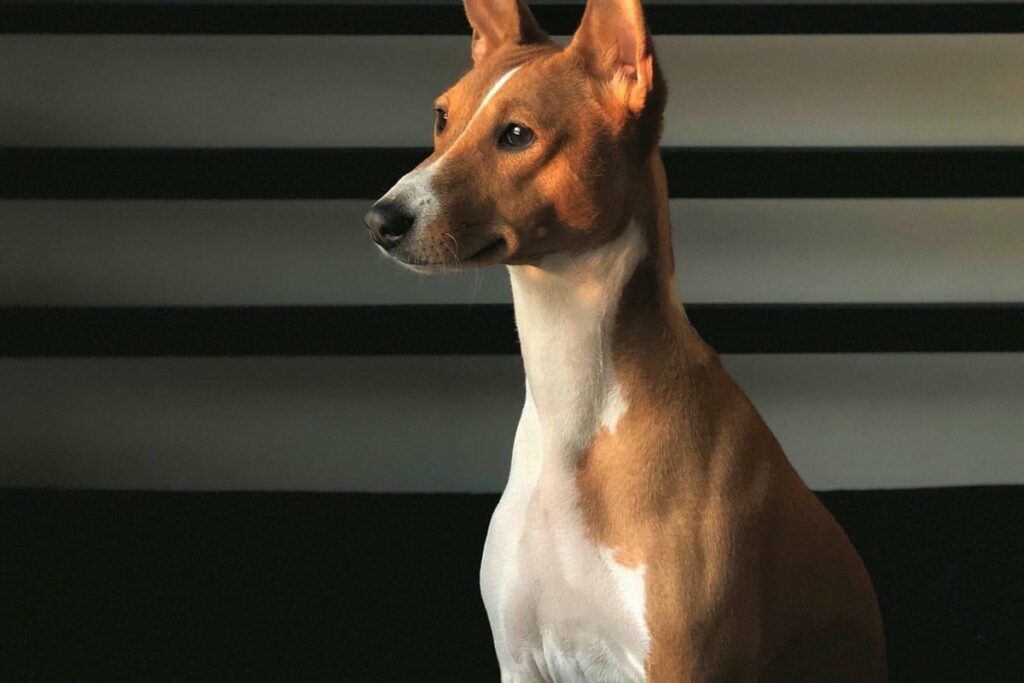
Pictures of a Basenji Dog
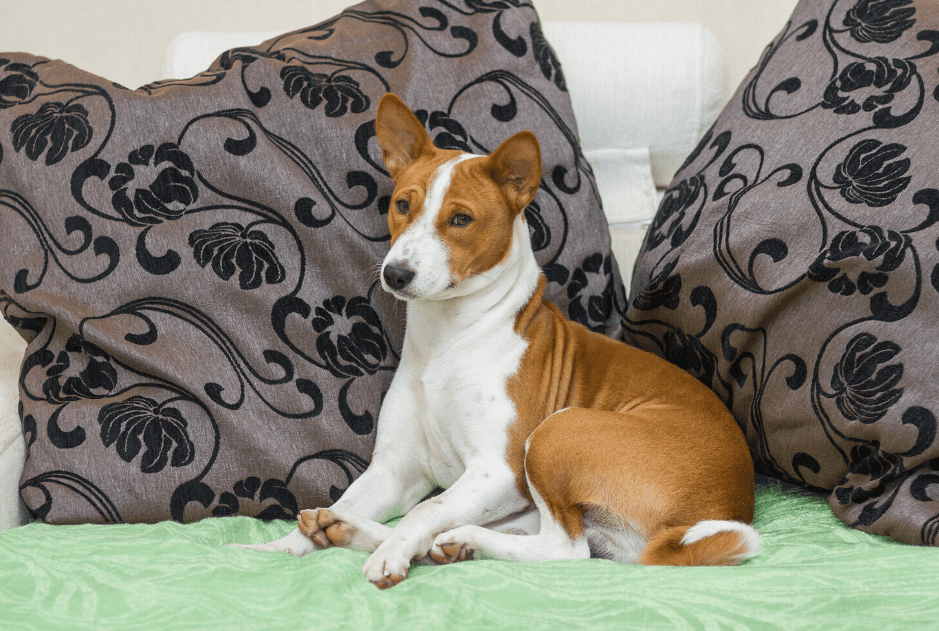
basenji dog pictures
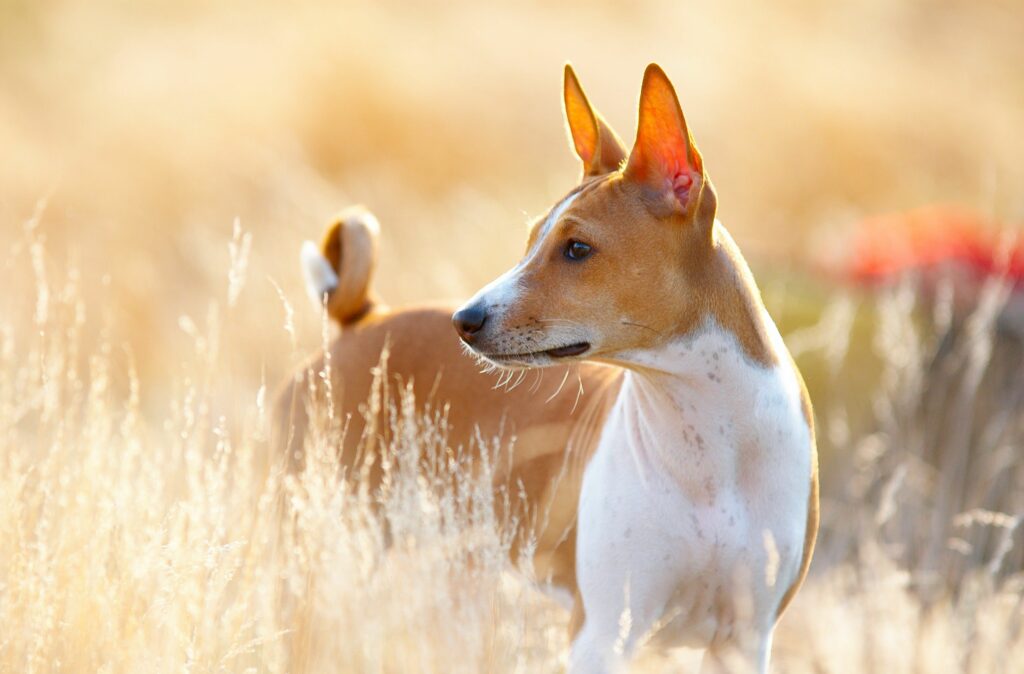
Pictures of a Basenji Dog
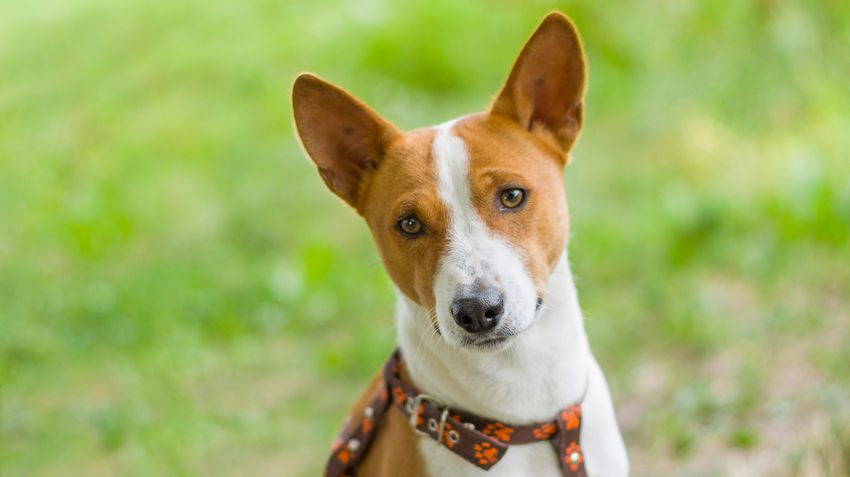
How Much is a Basenji Dog
The basenji dog price depends on several factors such as the breeder, location, lineage, and the dog’s quality. How much does a Basenji dog cost can be estimated between $800 and $2,000 for a Basenji puppy from a very good dog breeder within your local area and all this has to be considered to know how much is a Basenji dog worth are vaccinations, veterinary care, food, grooming, and training, which should be factored into your overall budget. Considering Basenji dog for sale depends on how much is a basenji dog worth.
which of the following is not a breed of dog? bichon frise basenji maine coon lhasa apso
Maine Coon is a breed of cat, its cat large size, with tufted ears and a hairy tail, Maine Coon is a dog. while on the other hand, The Bichon Frise, Basenji, and Lhasa Apso are all Dog breeds that are well recognized.
What does a basenji dog sound like?
basenji dog barkings sound soo different from other dog breeds which is best described as a howl or a yodel which also goes along with How Much is a Basenji Dog due to its unique vocalization. Basenji sound is quite from the general traditional bark which can be pleasing to the ears of those who are not used to the Basenji Dog Breed. which can also be concluded that they are also referred to as the “barkless dog”.
RECOMMENDED ARTICLES
- Golden Retriever Dog Breed Information – 5 Amazing Physical Appearance, Traits & Facts
- Facts About German Shepherd Dog – 6 Exclusive Body Characteristics, Behaviour Caring And Health
- Toy Poodle Dog Breed Information, Pictures, Characteristics & Facts
- German Shepherd with Other Dogs – 5 Best Companion Dogs for German Shepherds
This website’s material is not intended to be a substitute for expert safety advice or professional treatment, nor should it be used to diagnose or treat any health issue or condition. It also is not meant to give any legal opinion or advice. For legal, medical, or other professional advice, please contact your Veterinary Doctor or other healthcare provider. We do not assume any duty for and do not warrant the reliability or operation of, the goods or services we evaluate, which are offered by third parties. Only educational aims are served by our content.
If you Like, Please share it. Sharing is usually Caring

